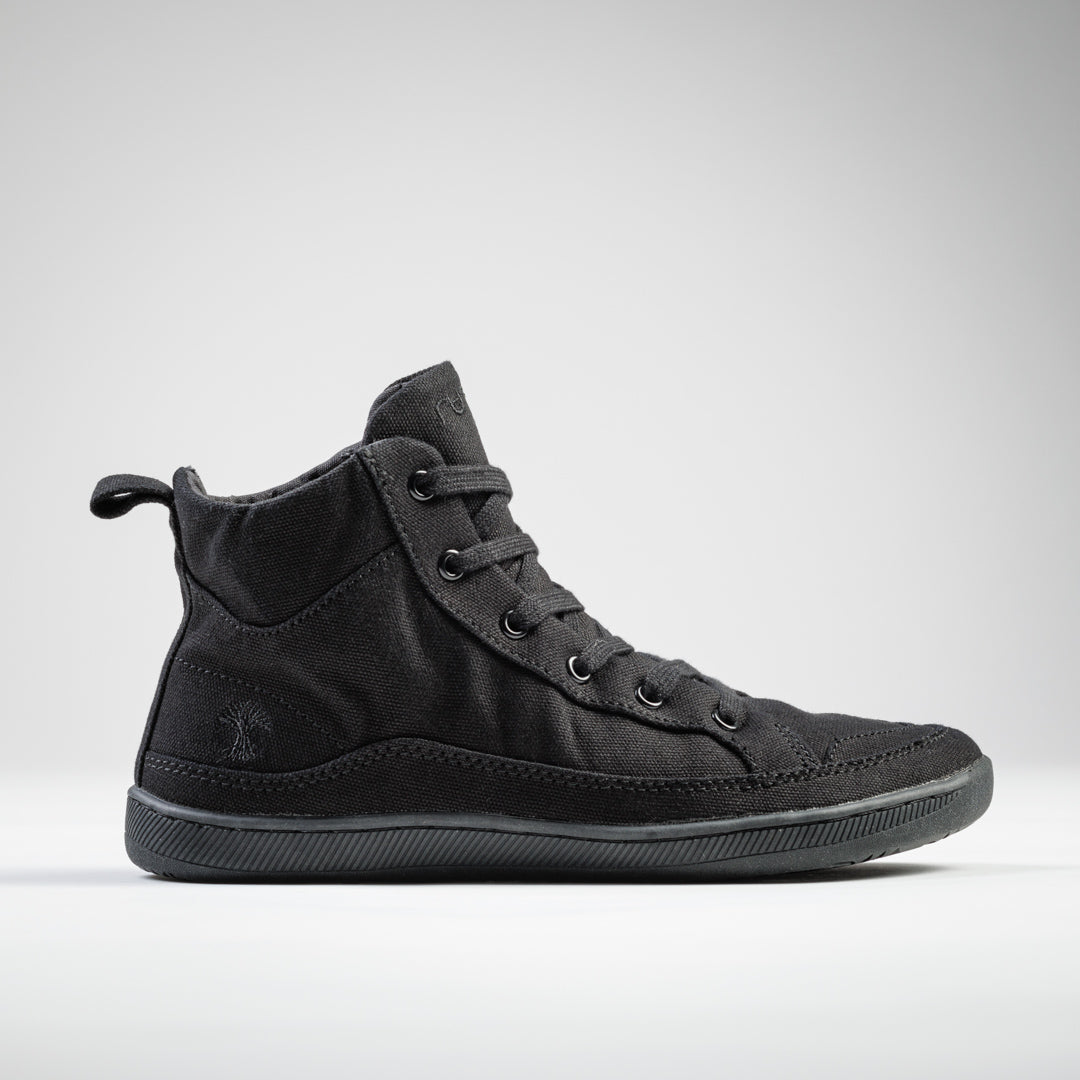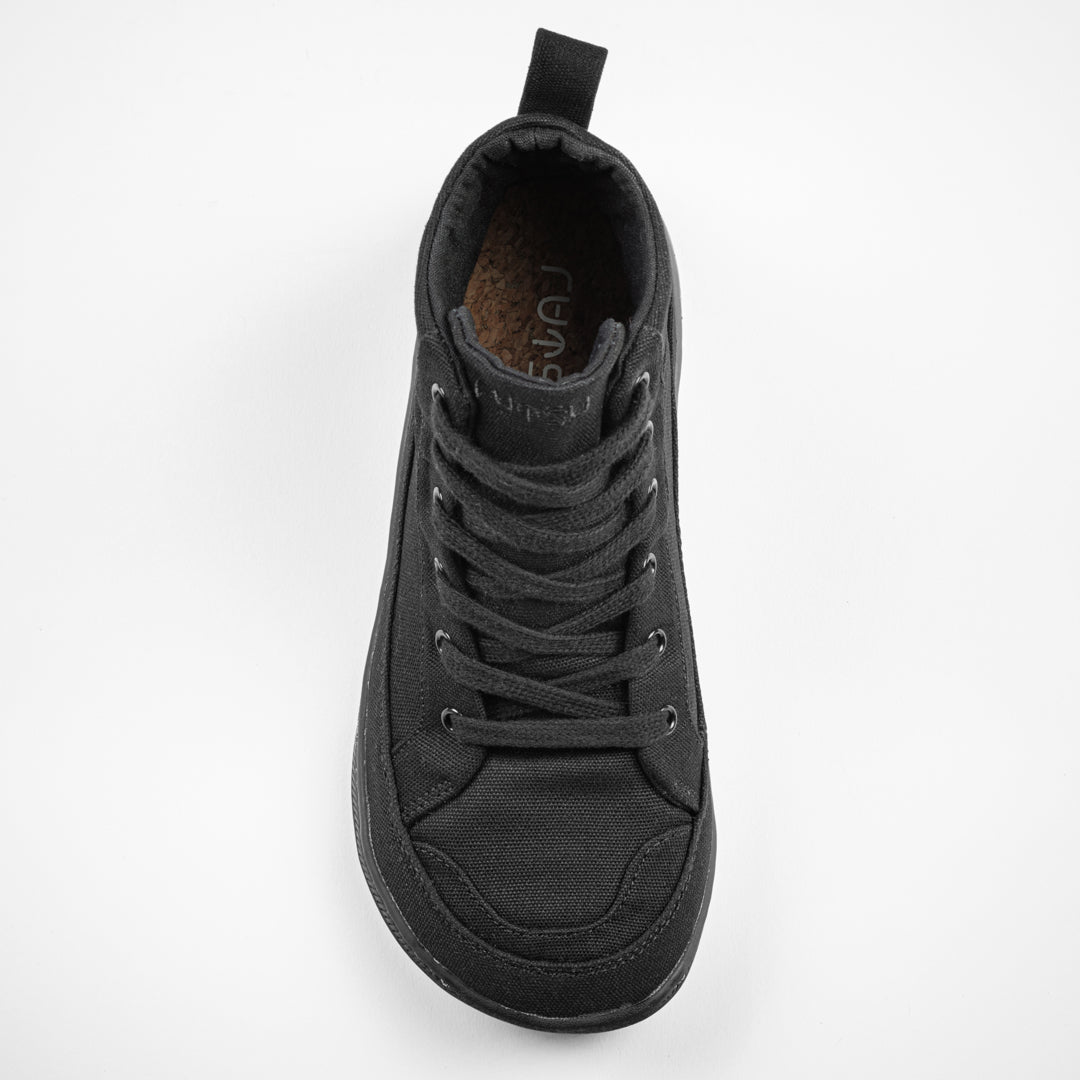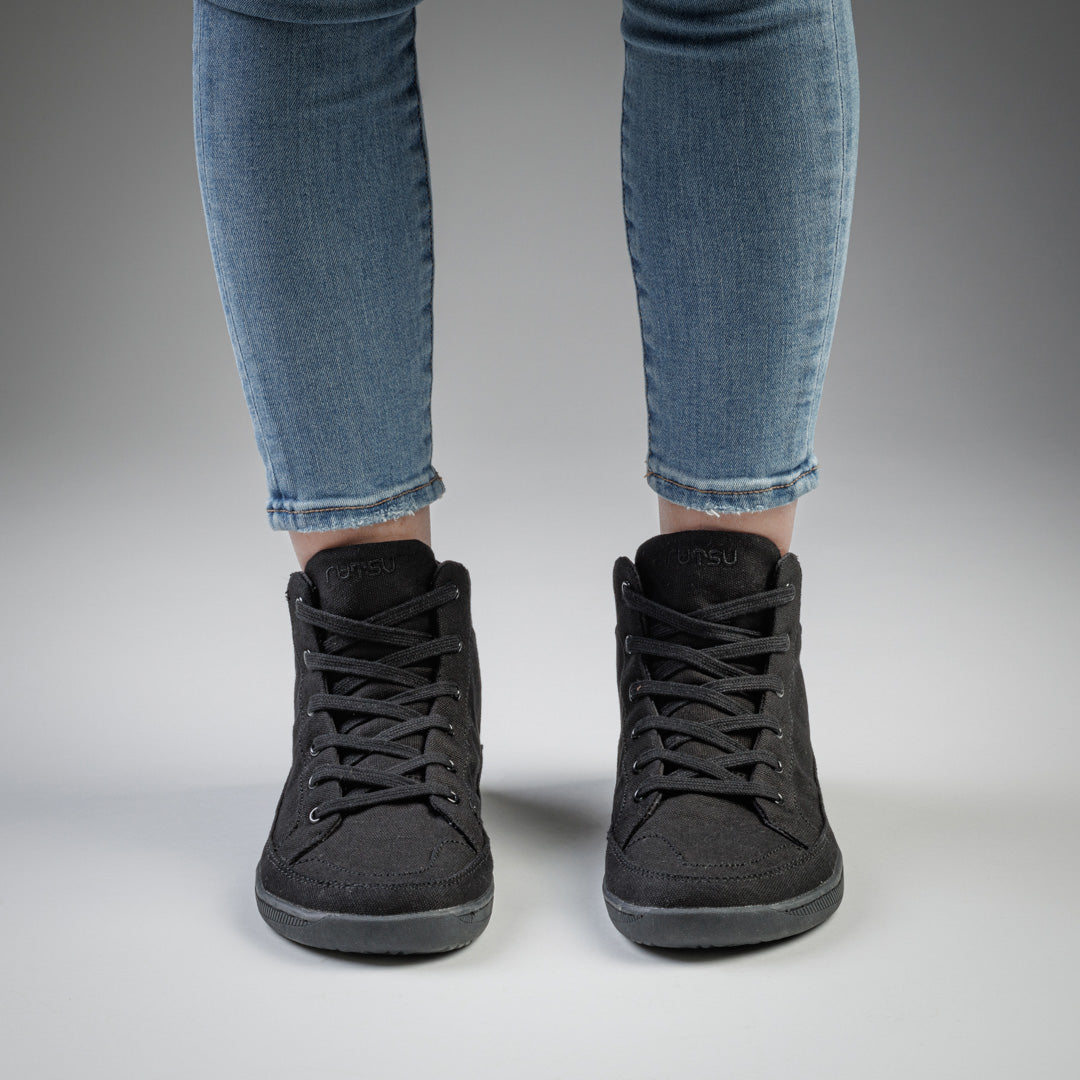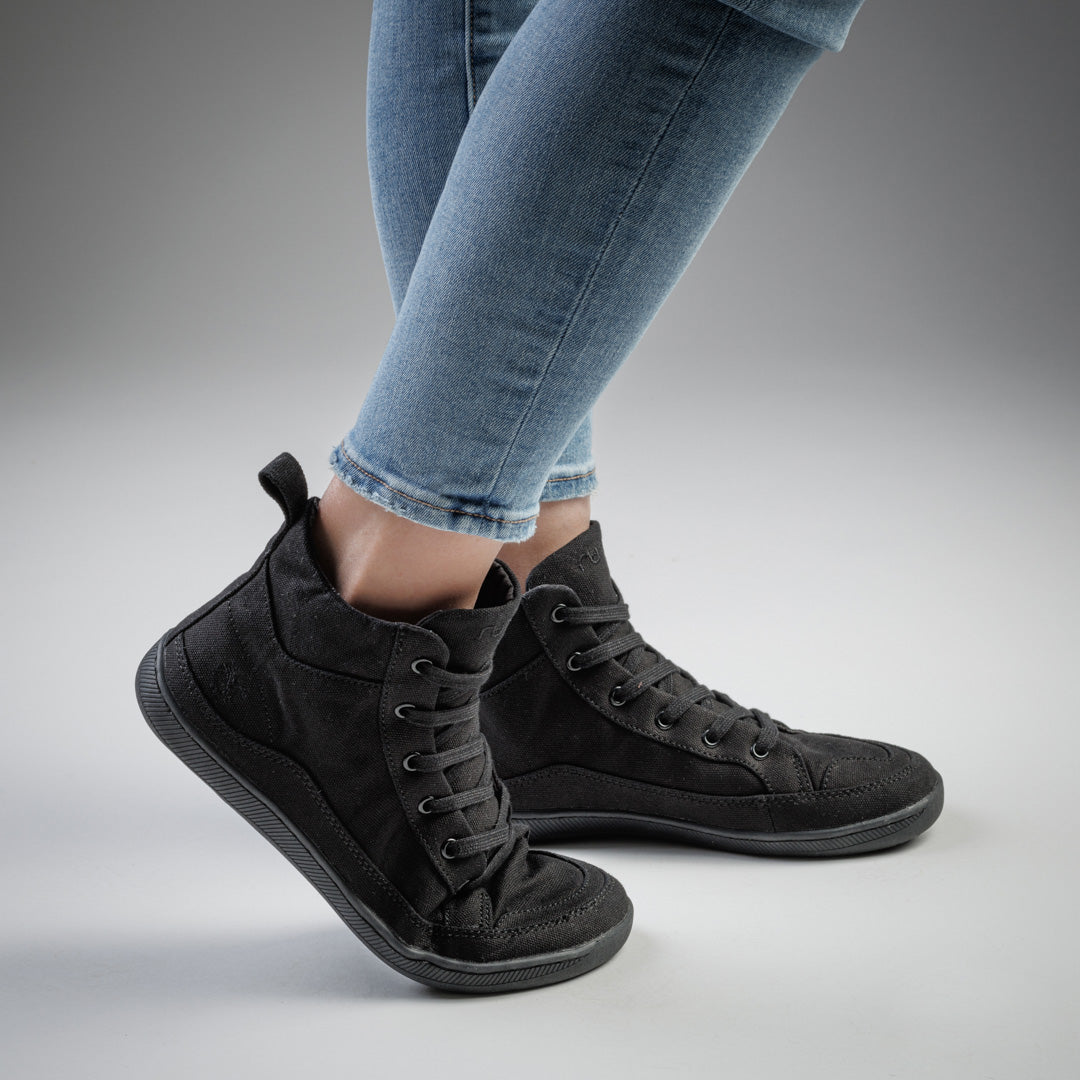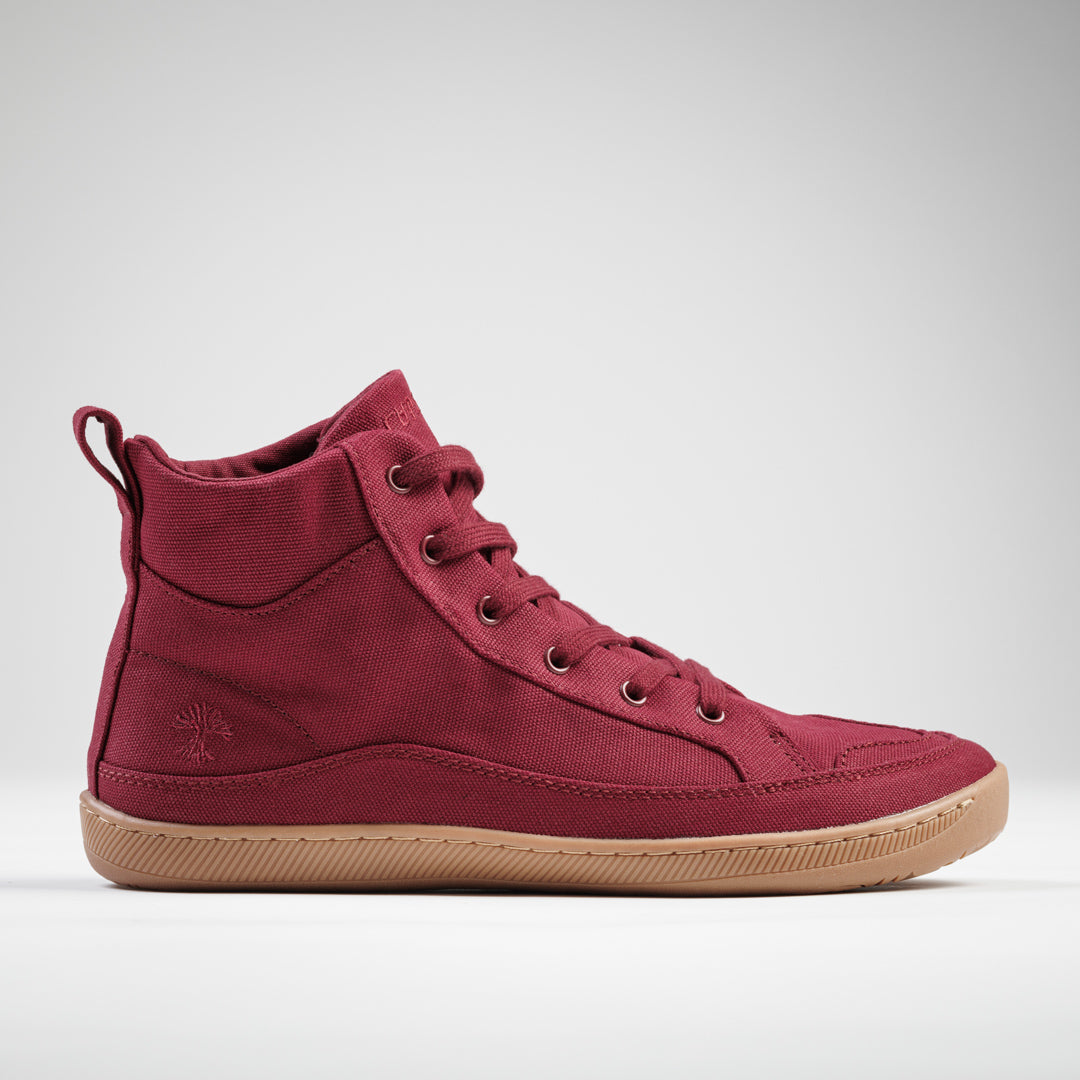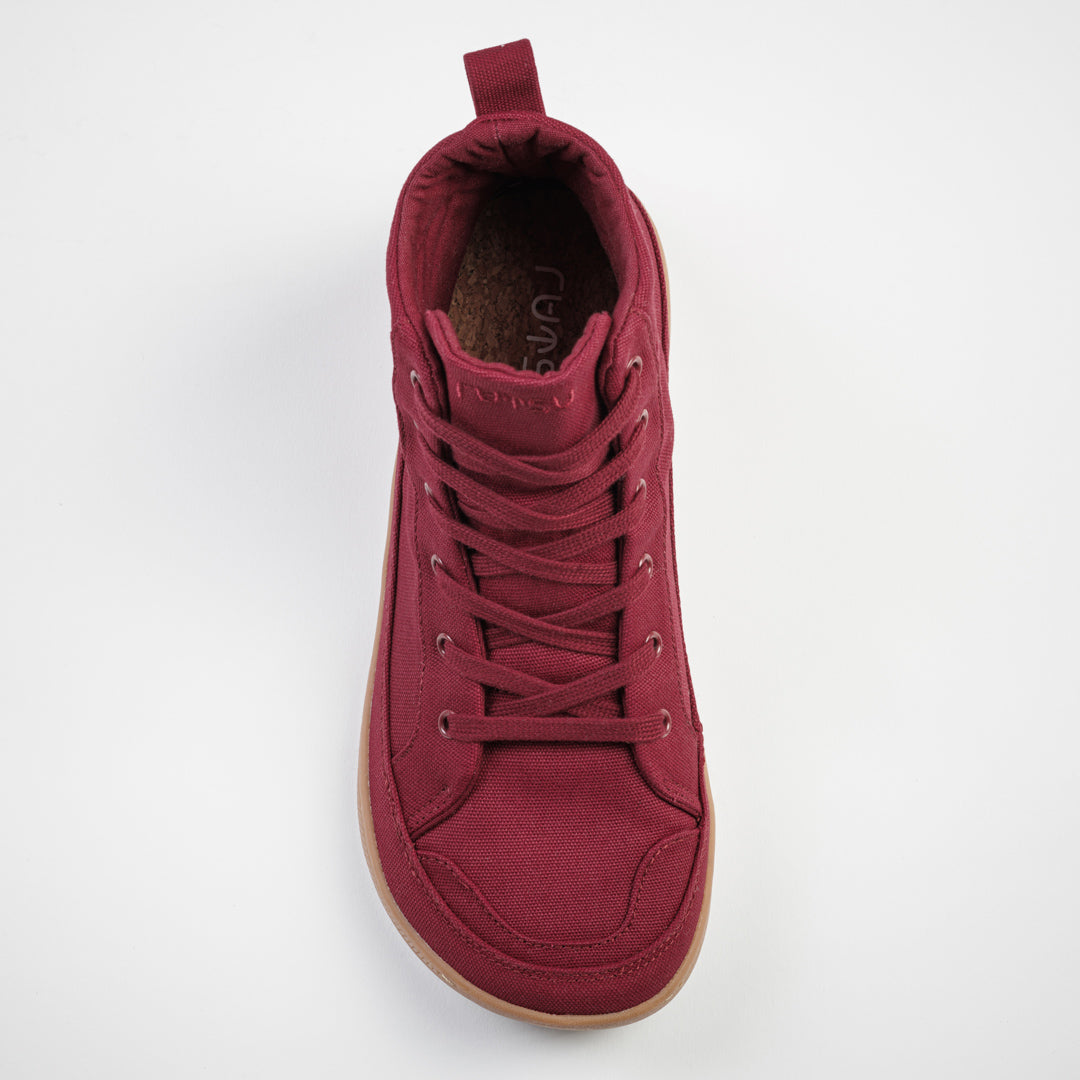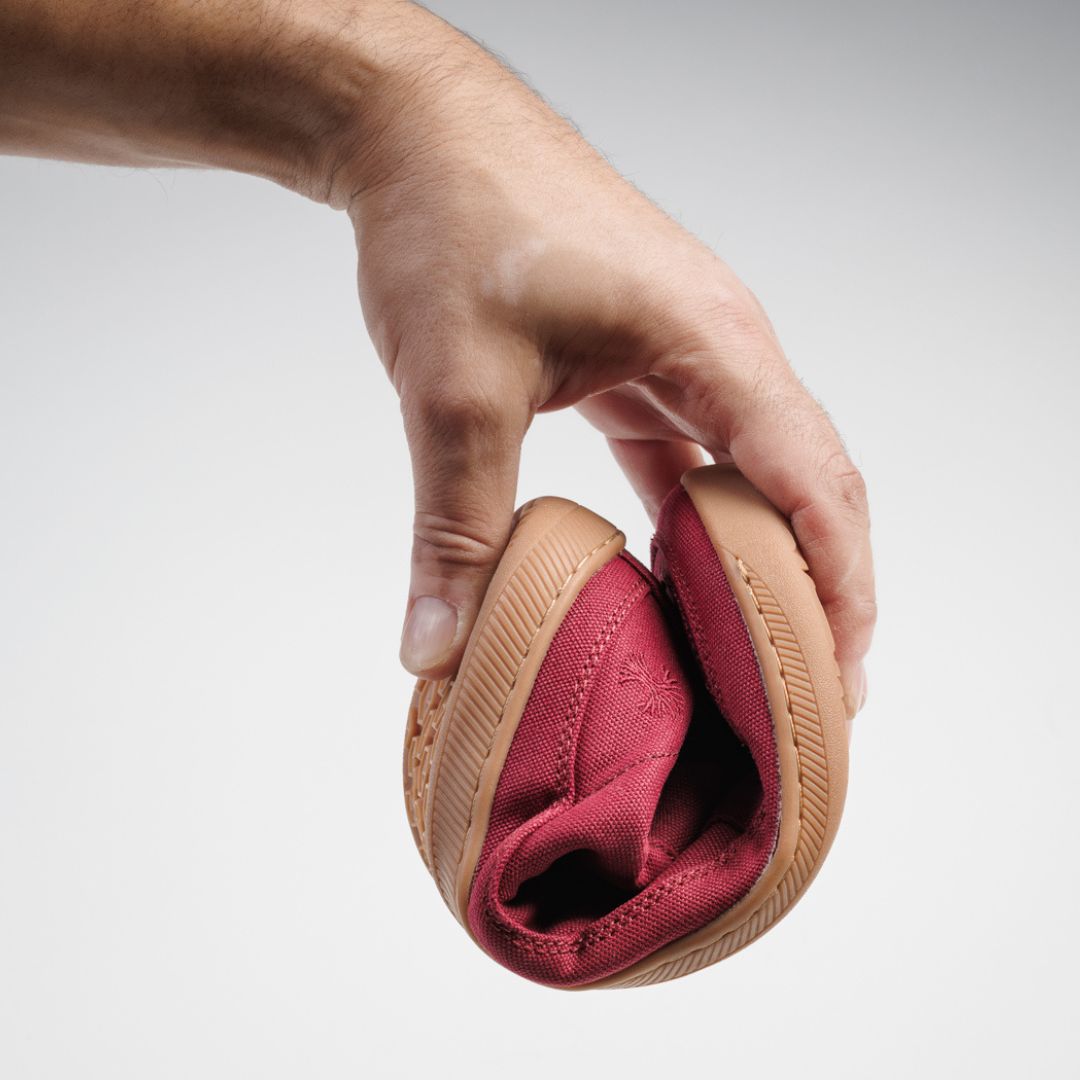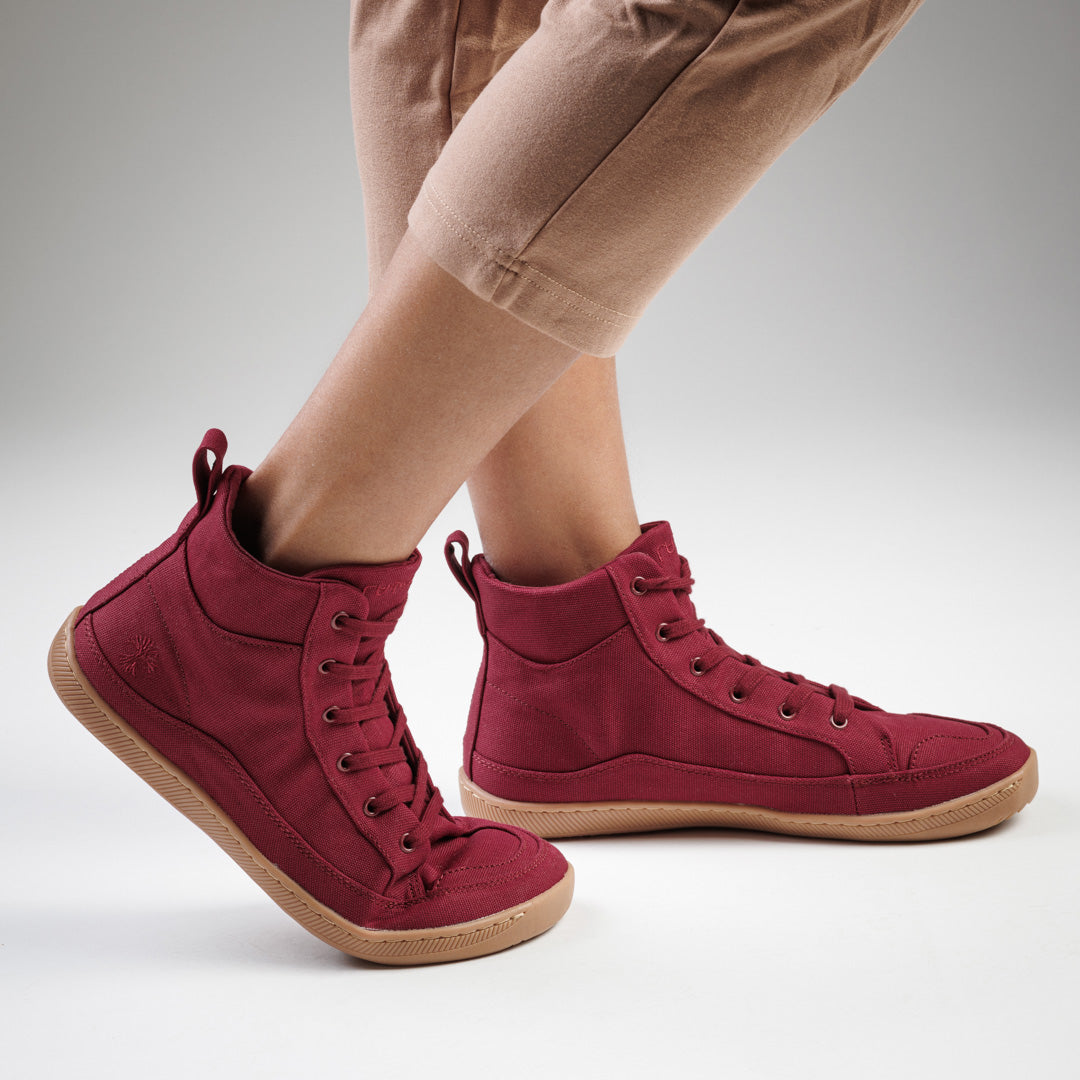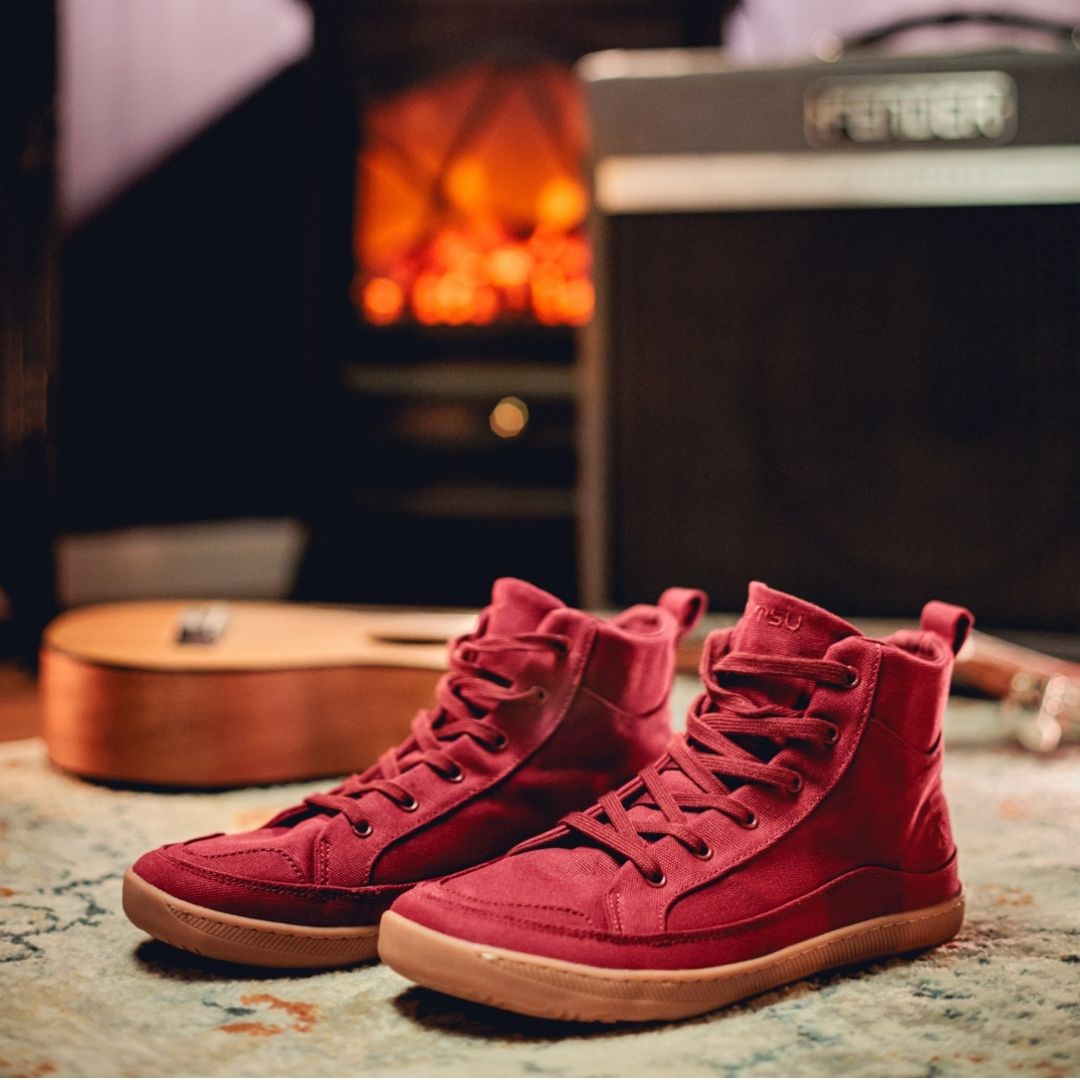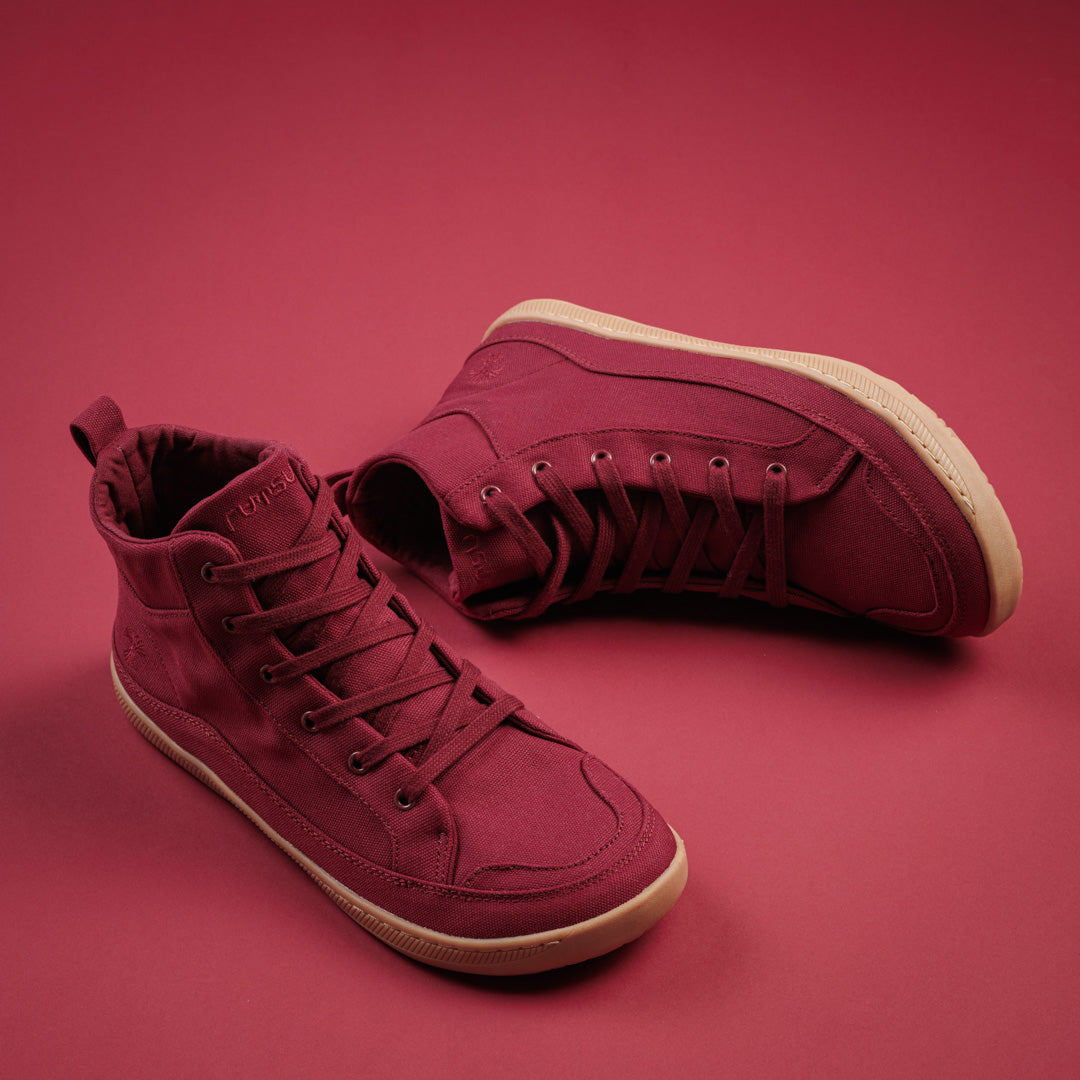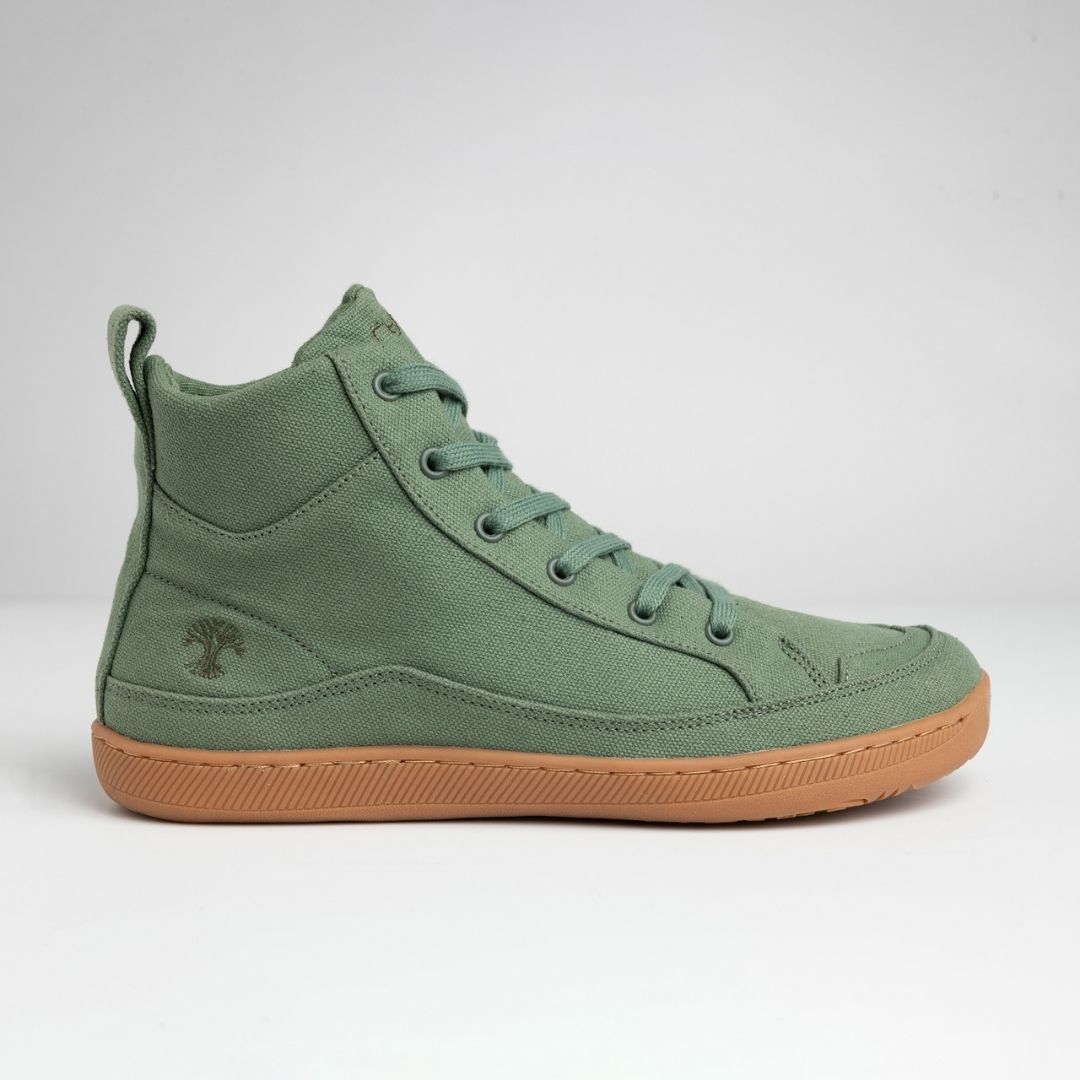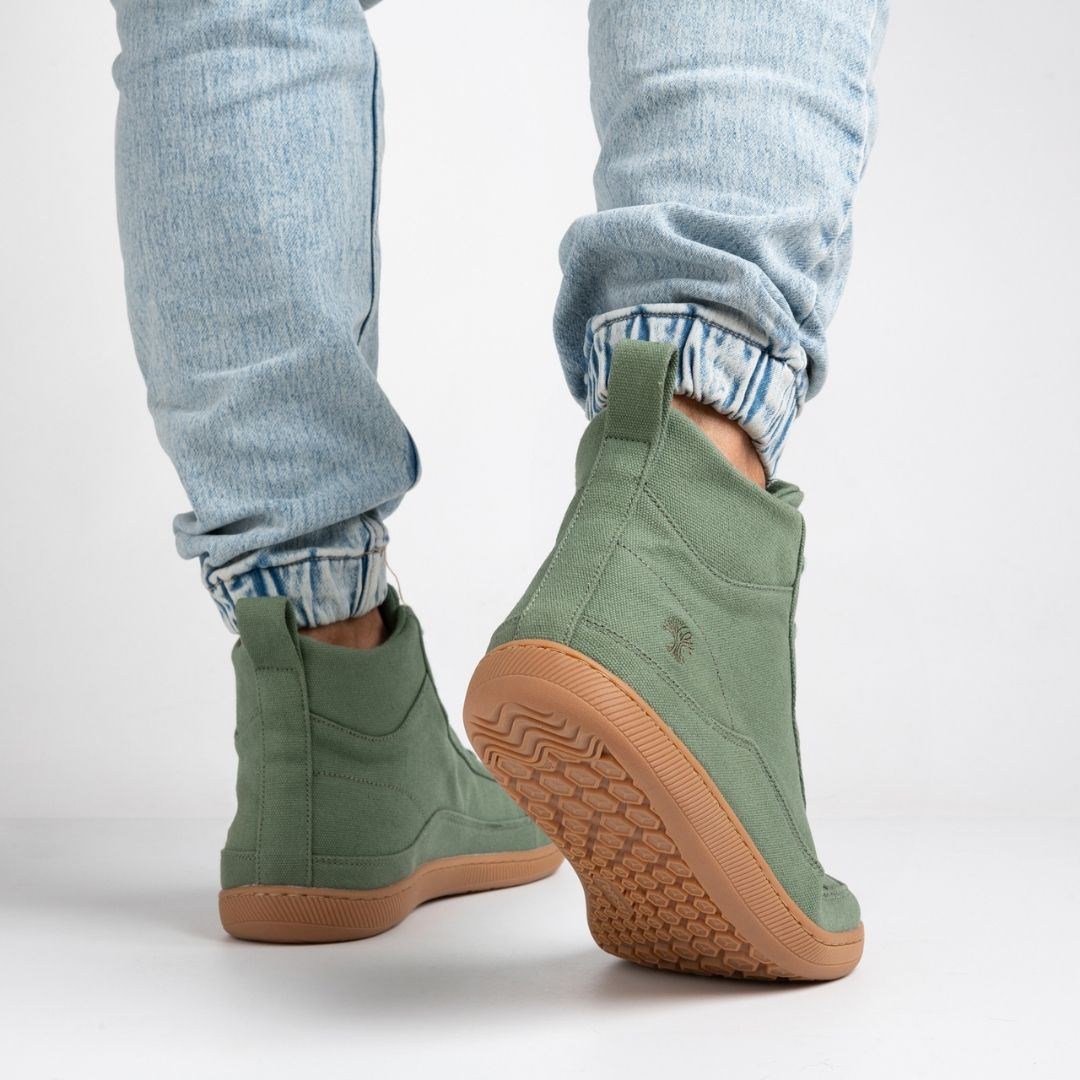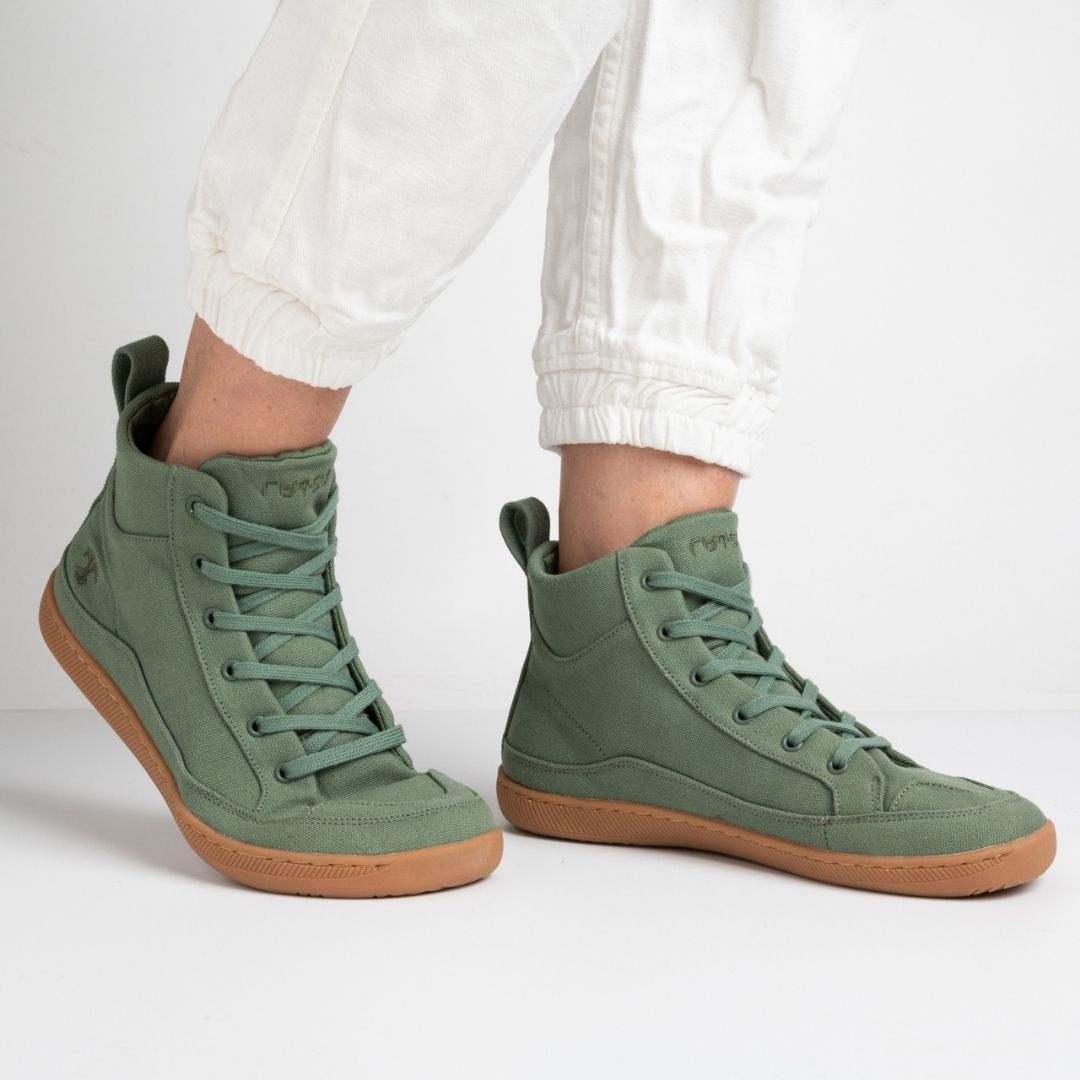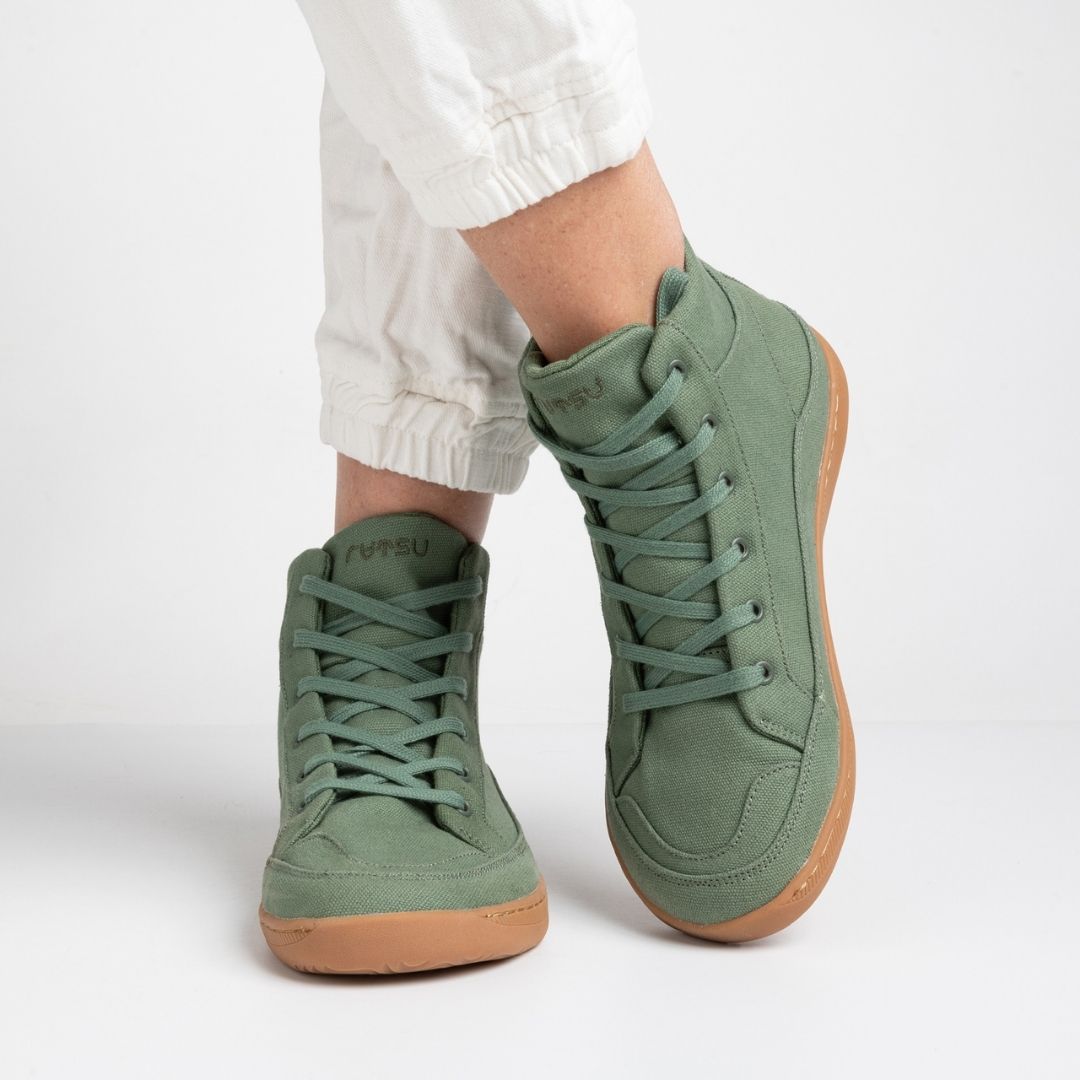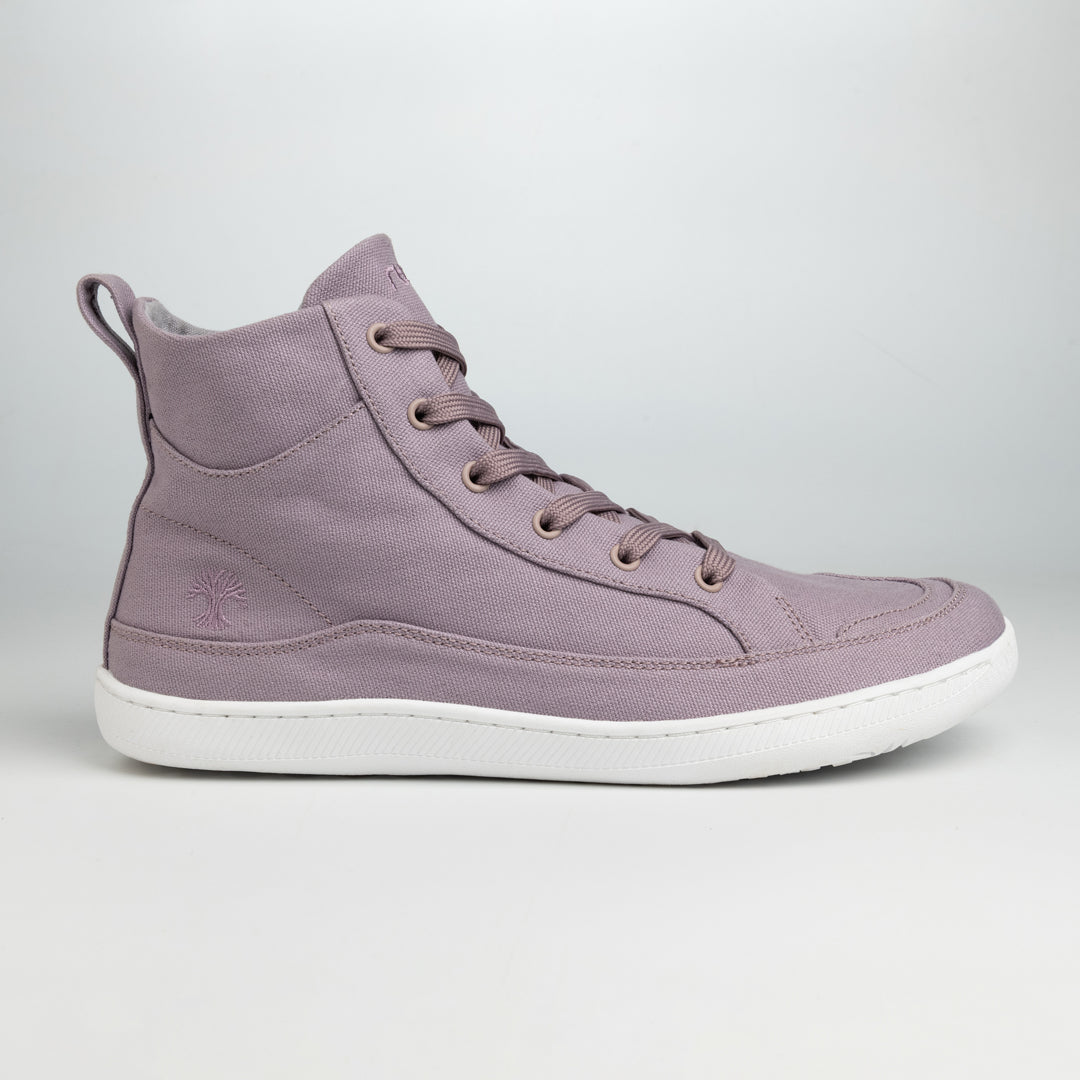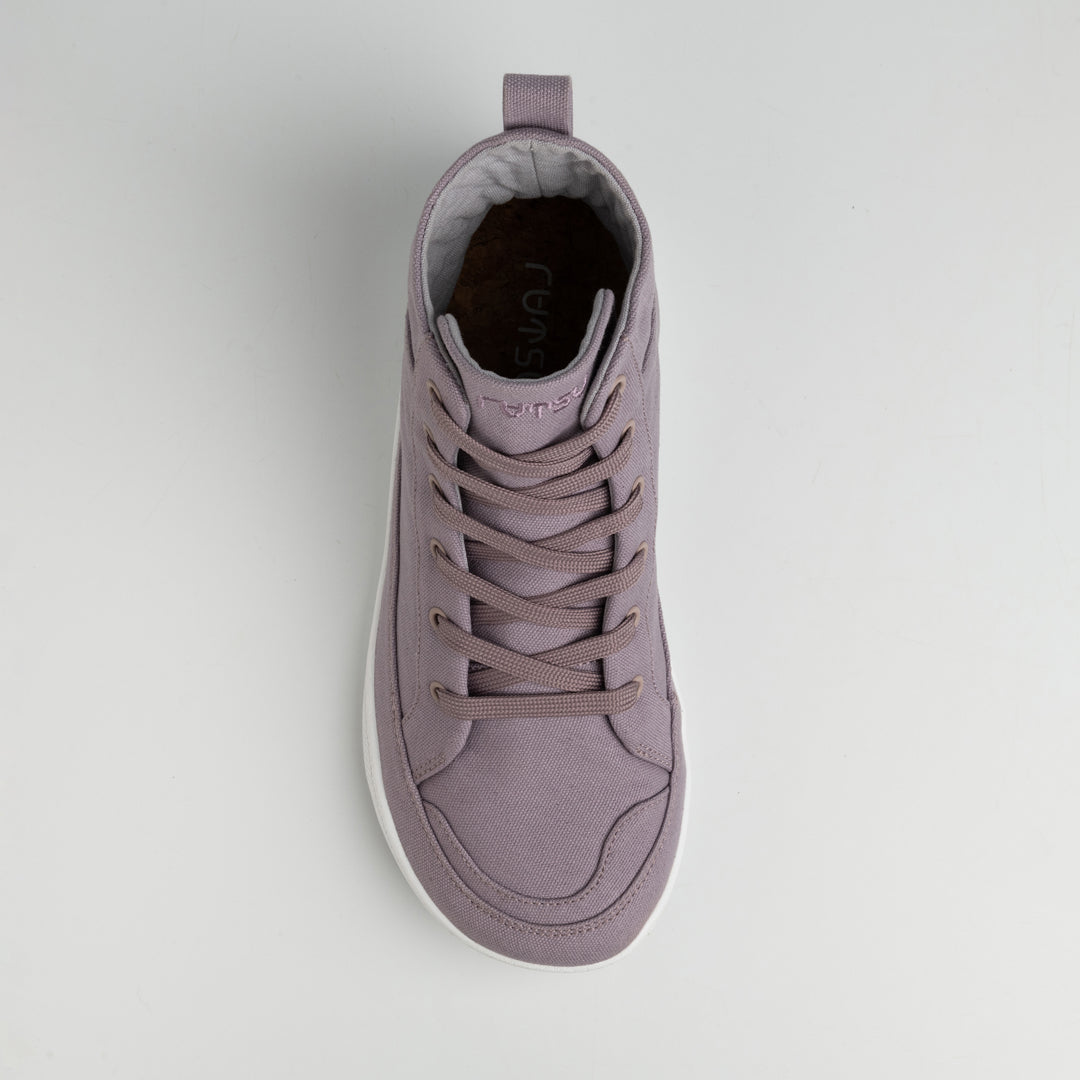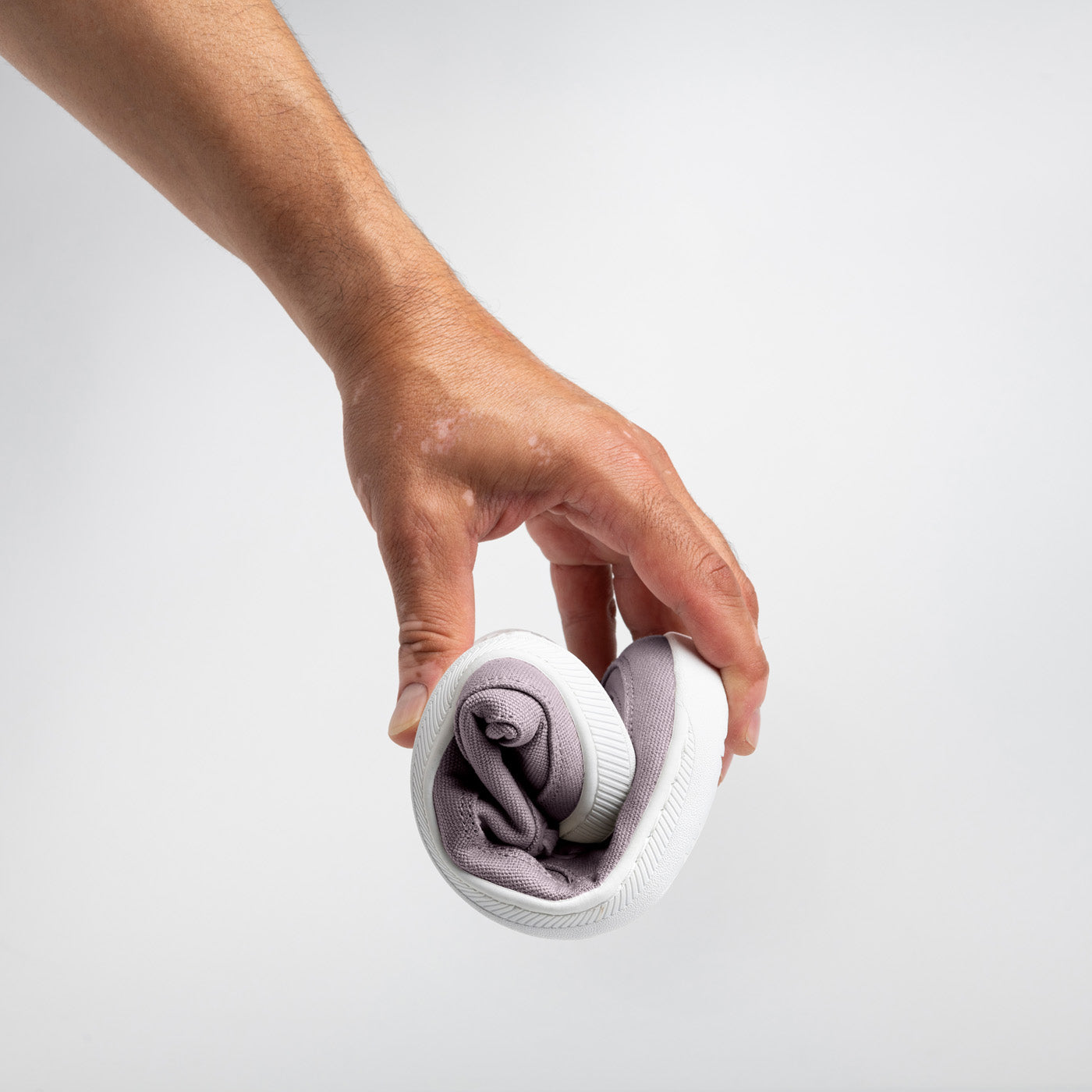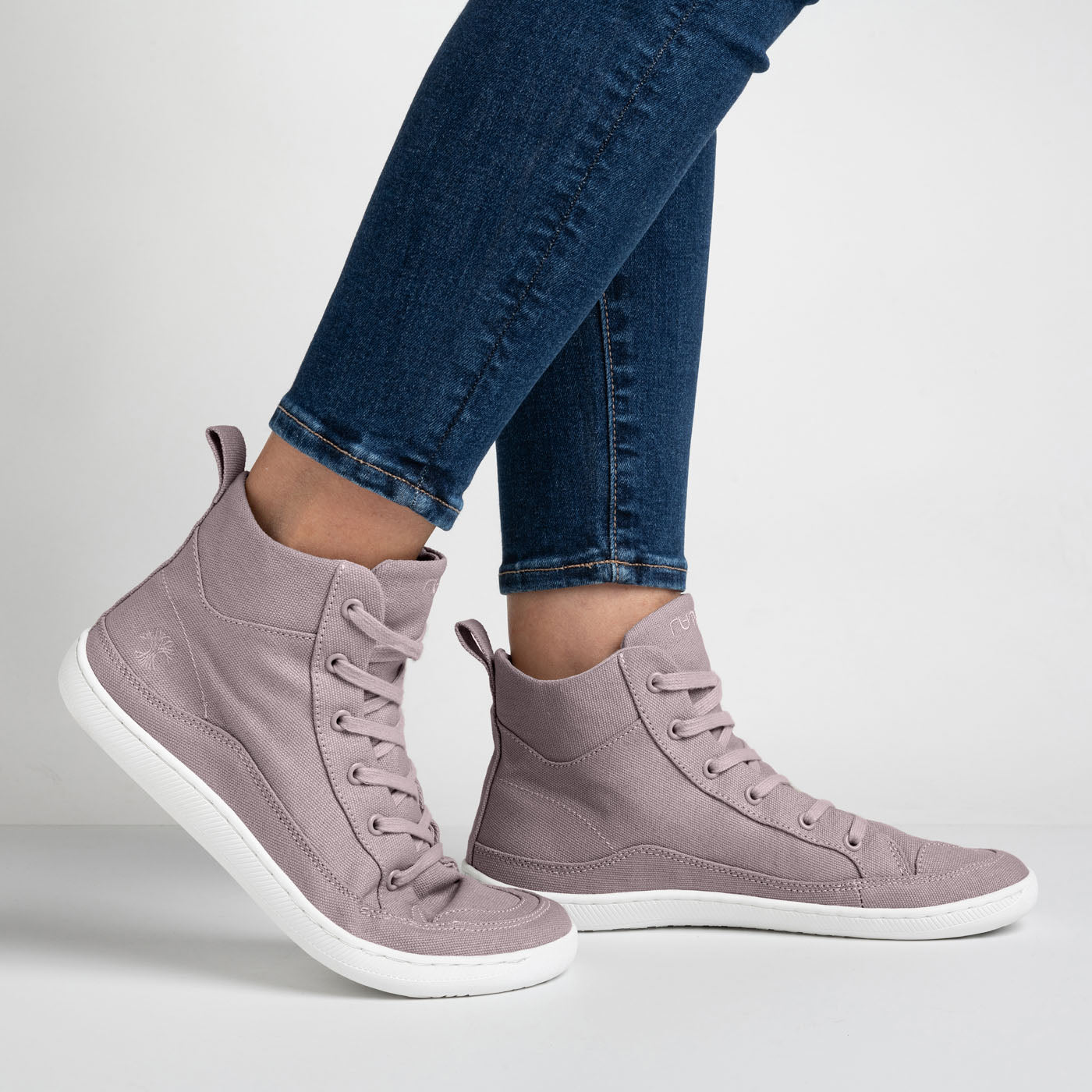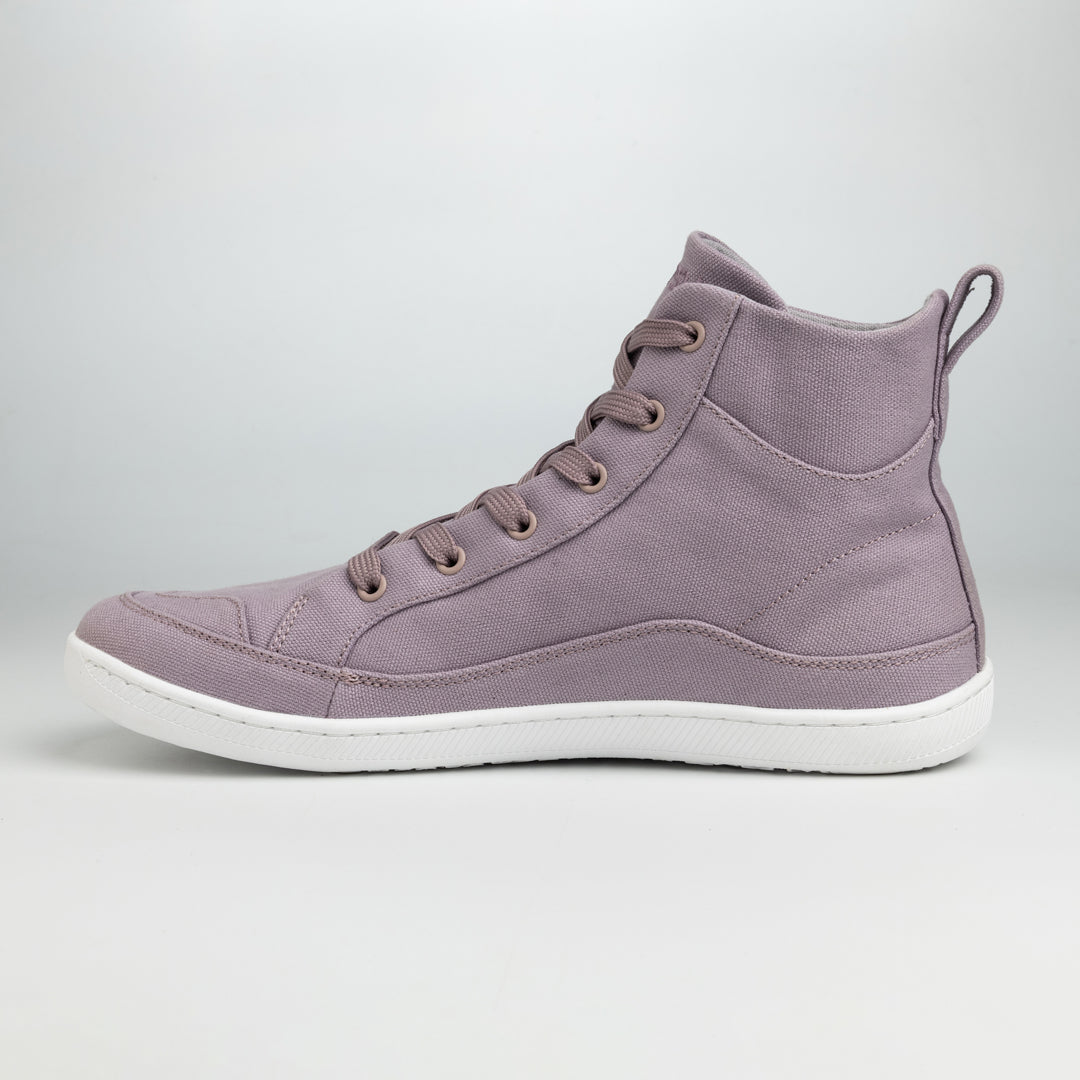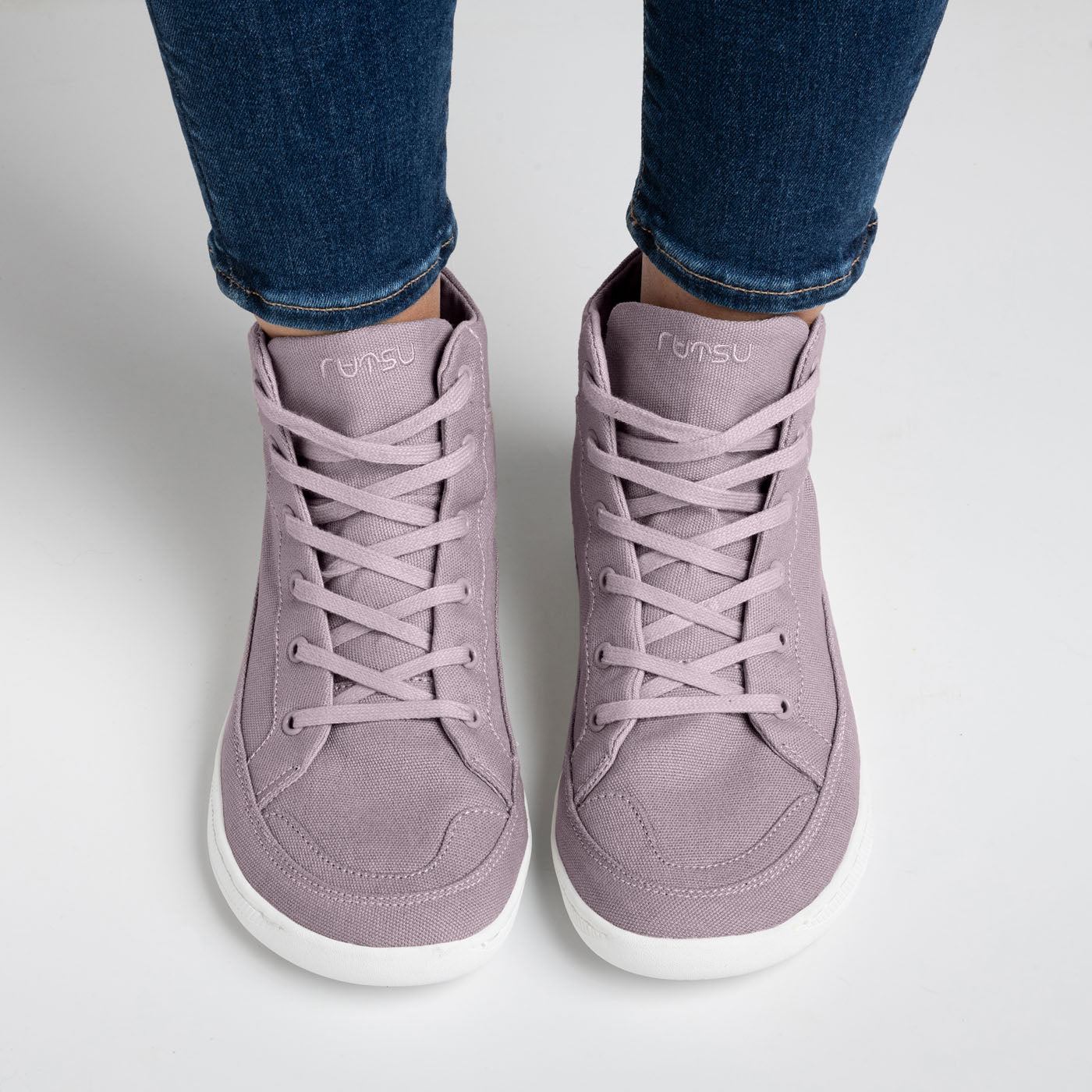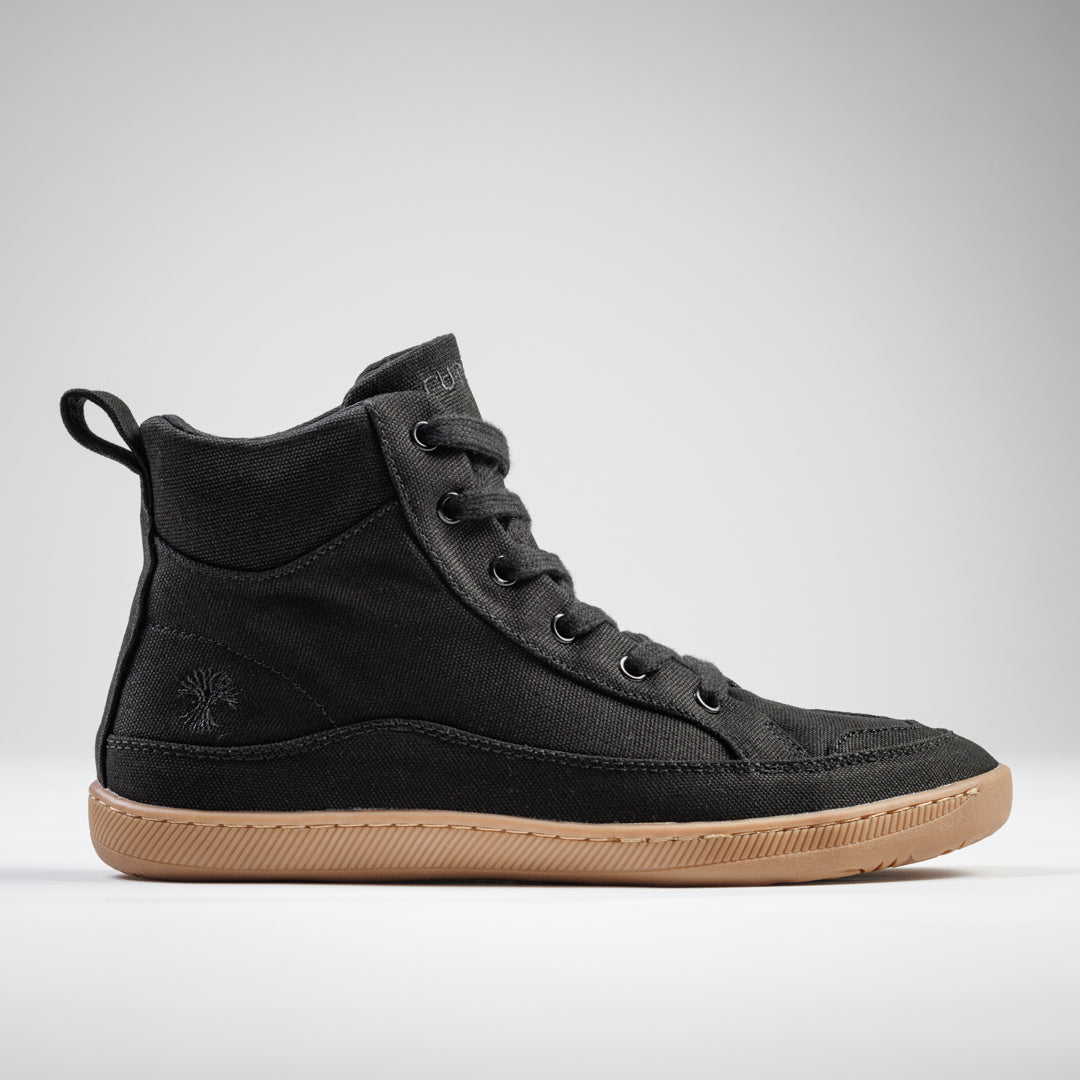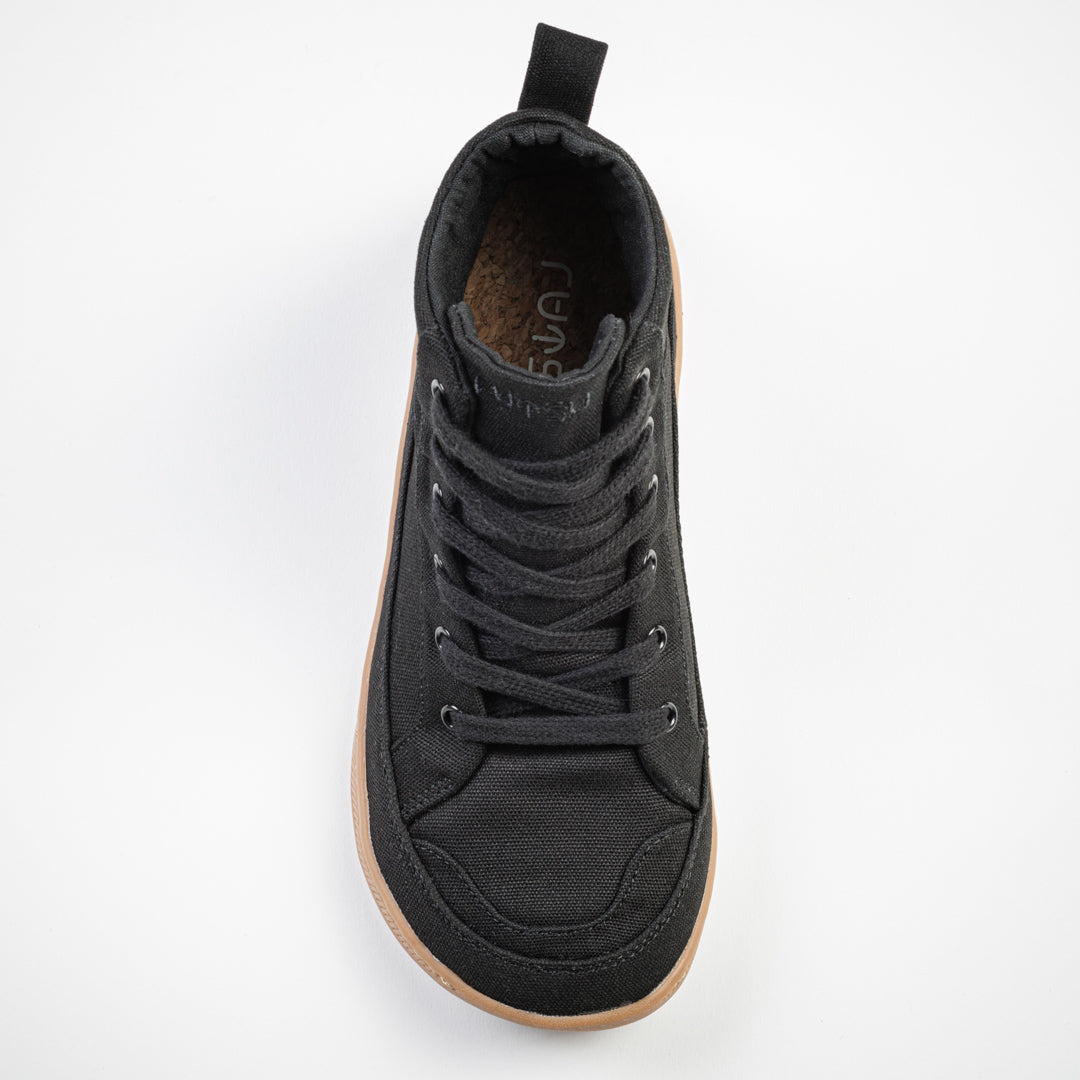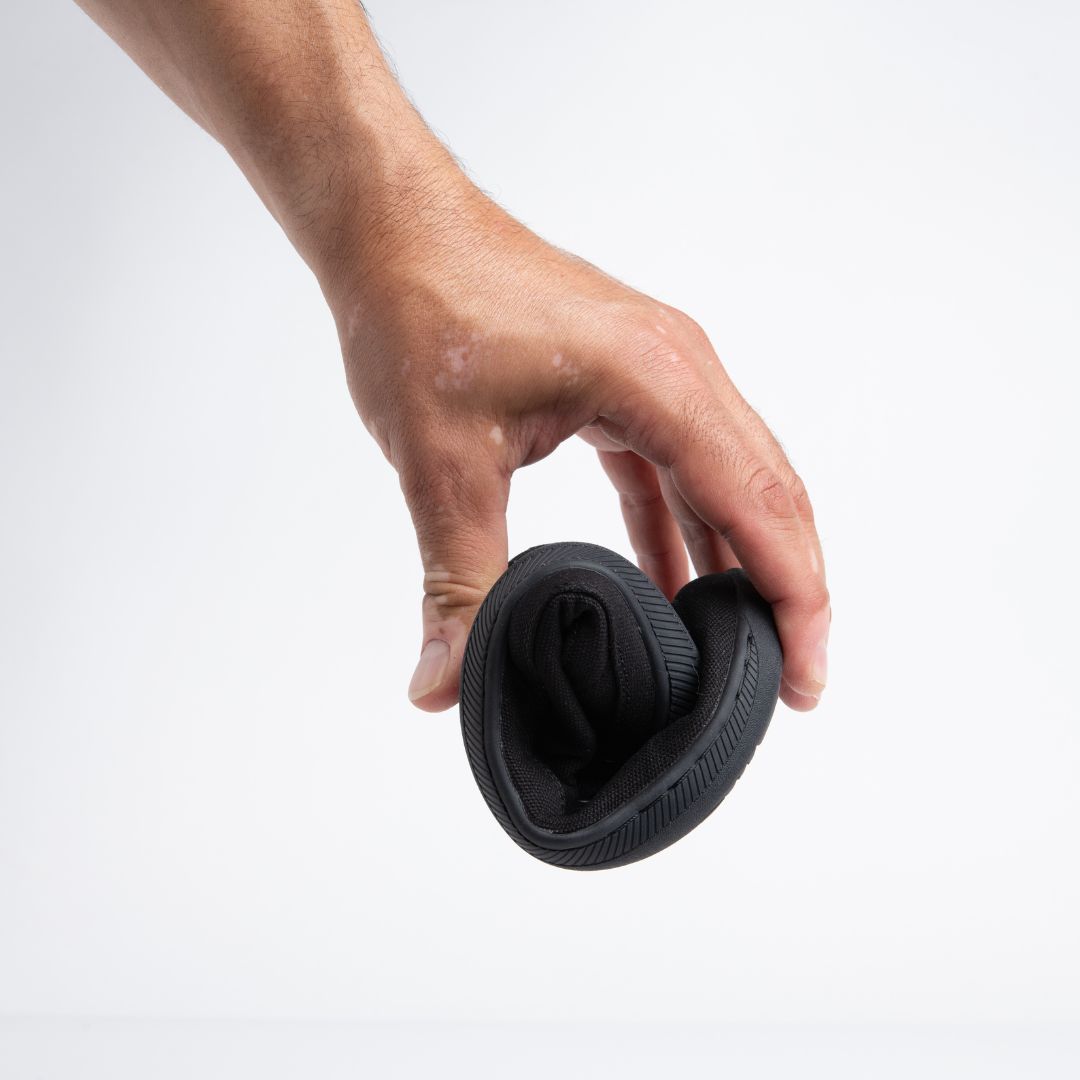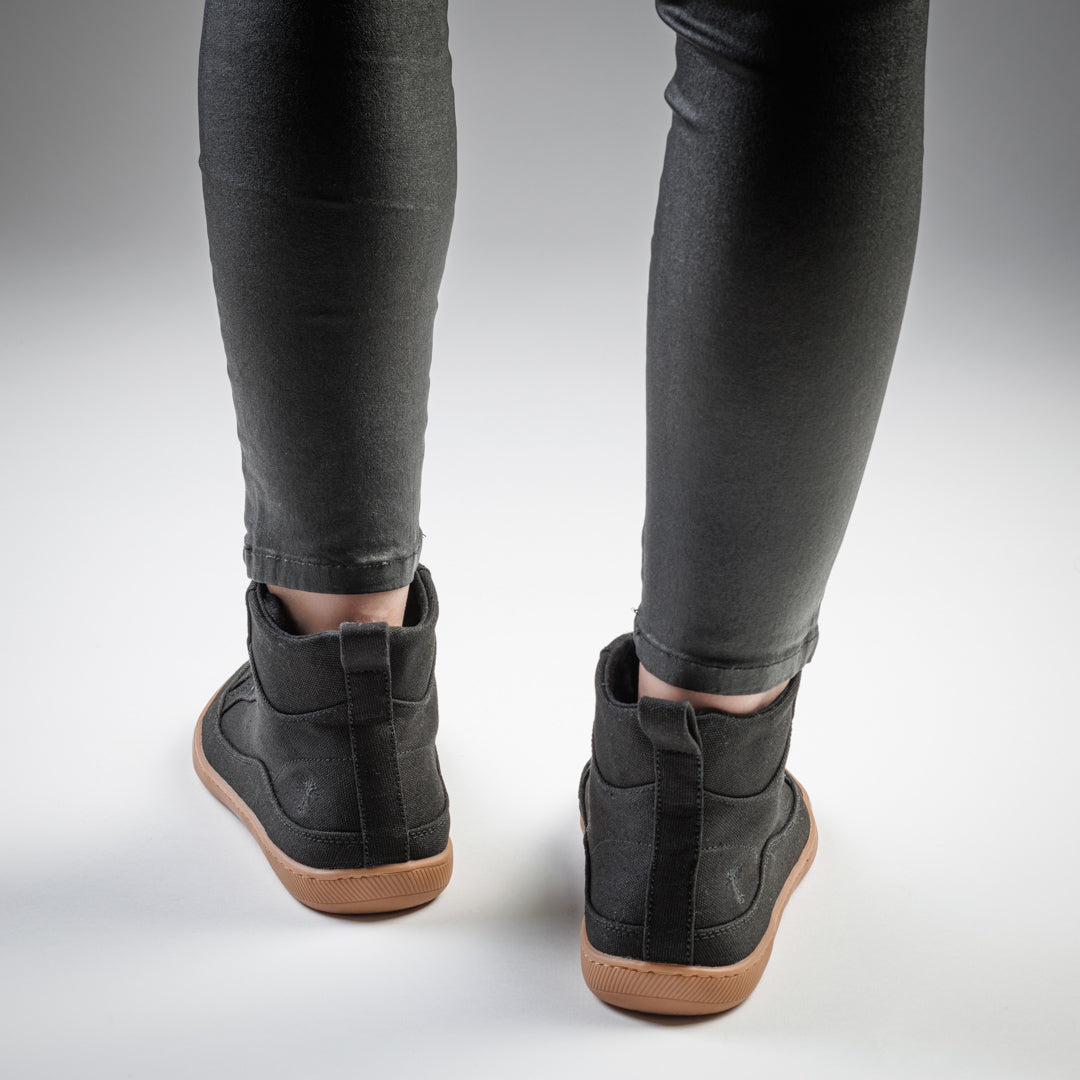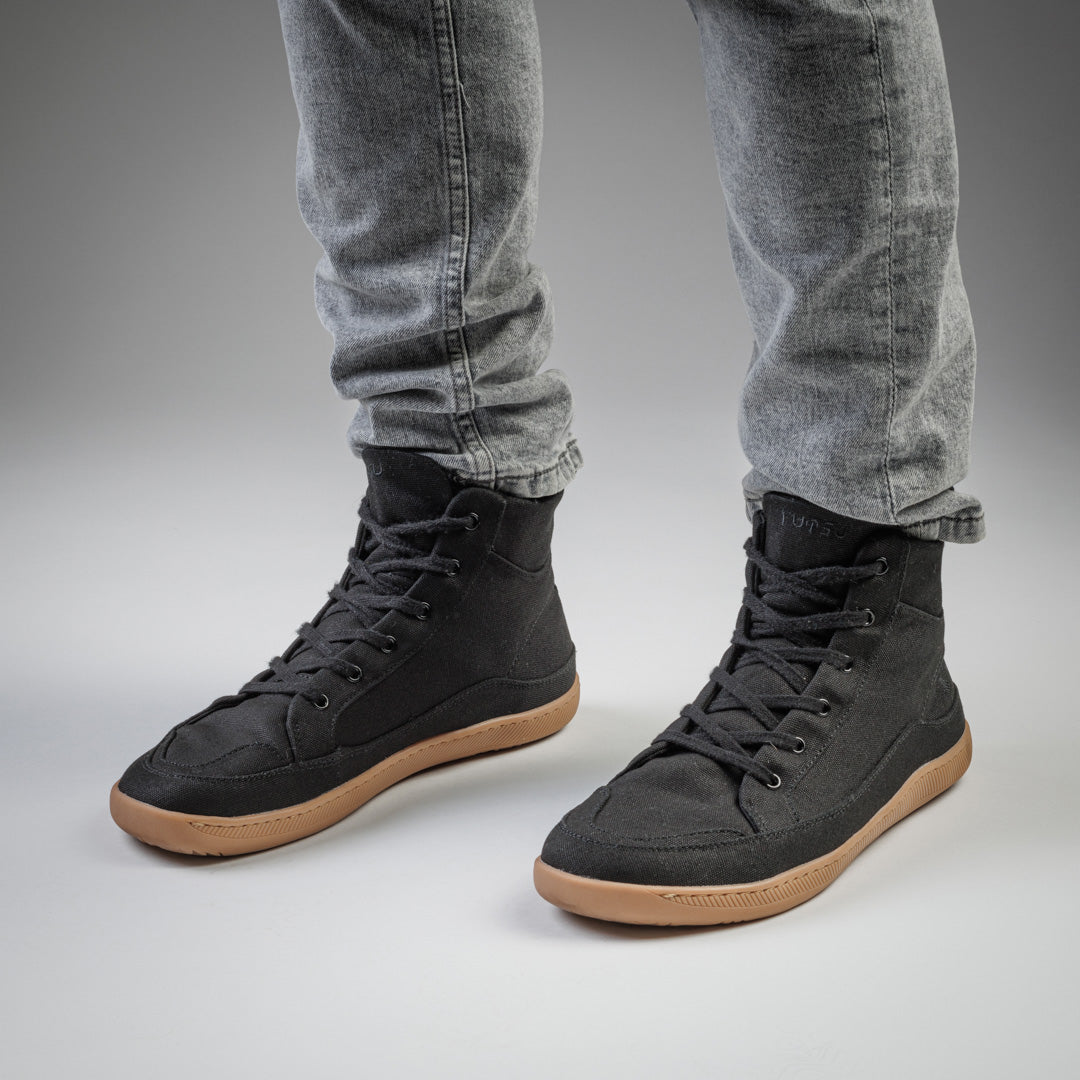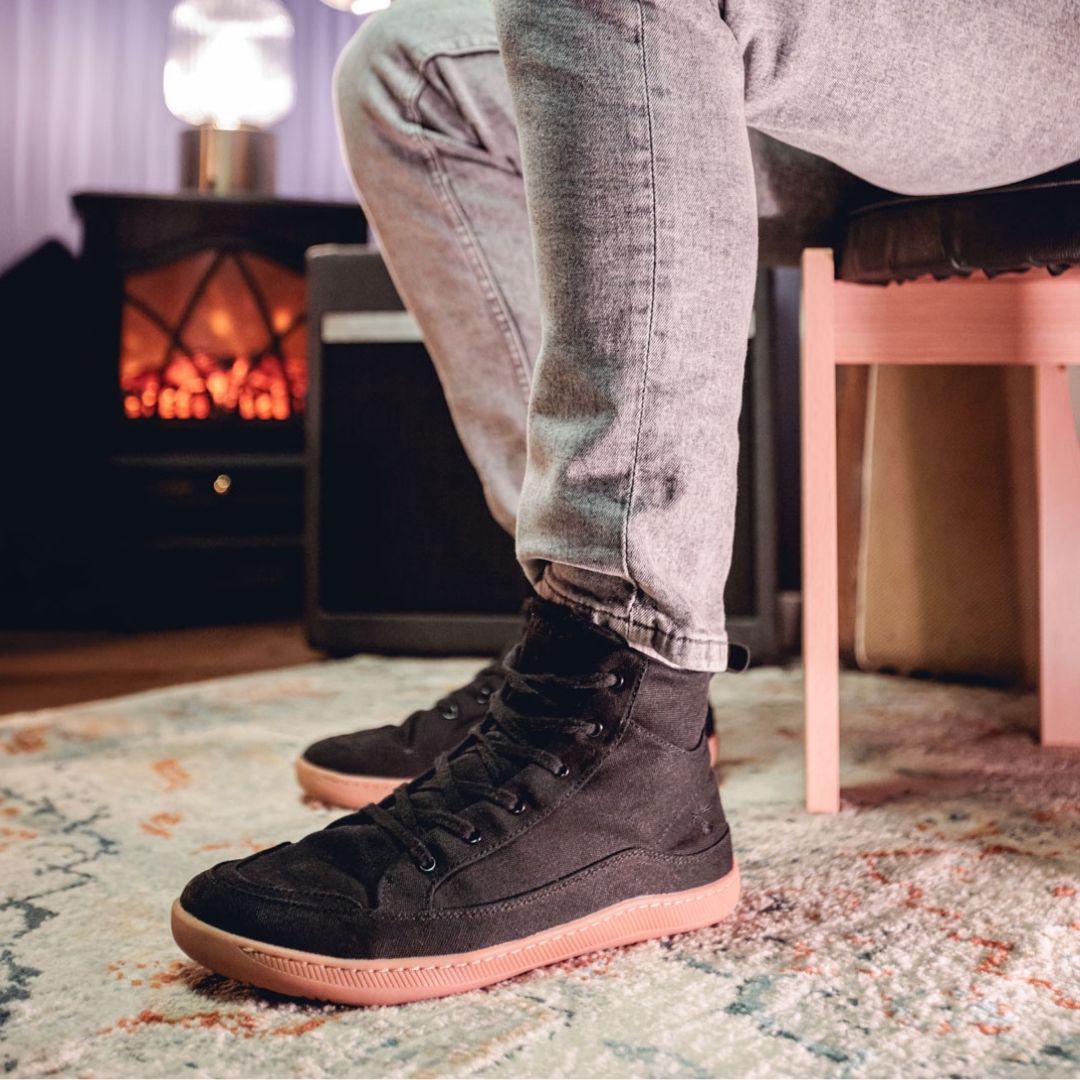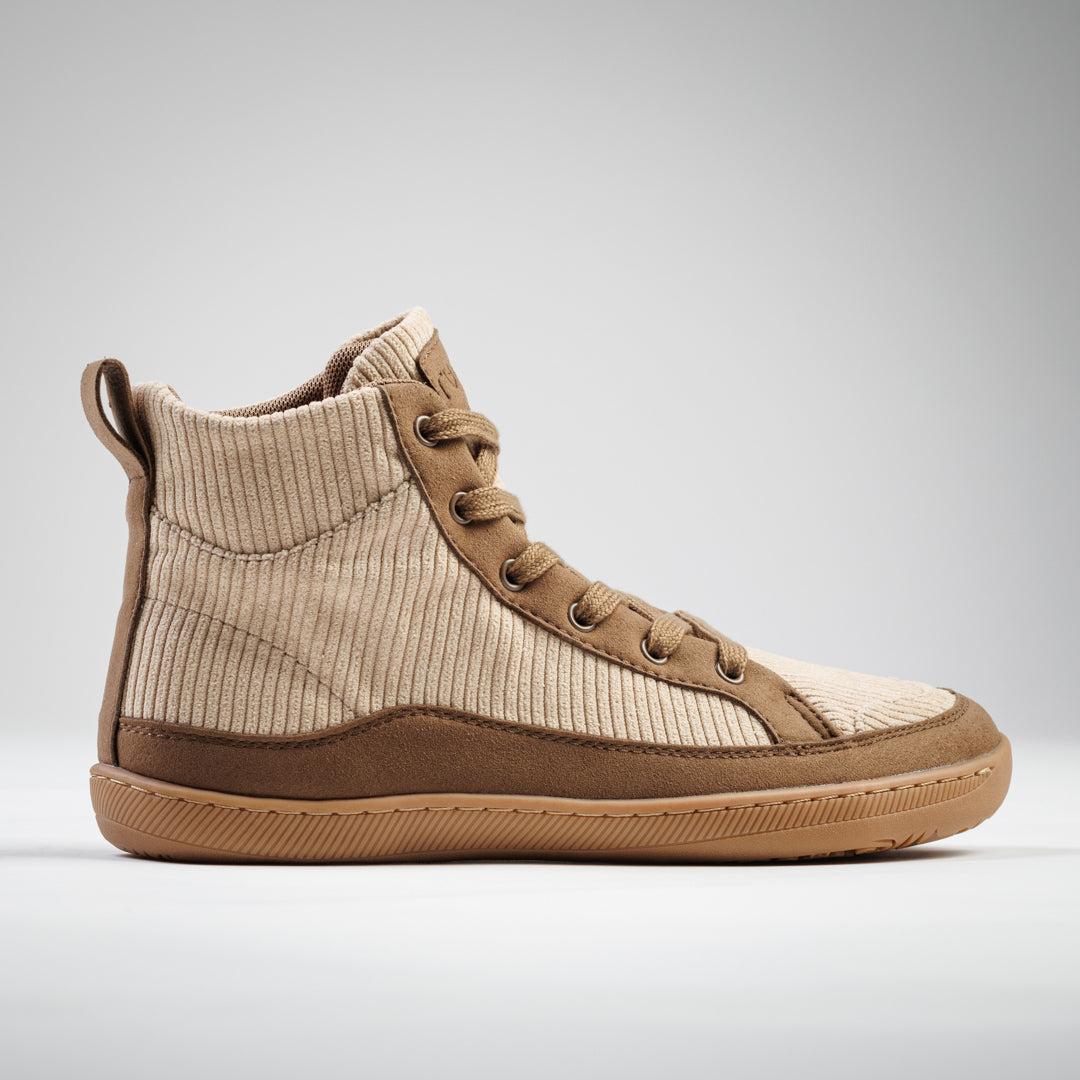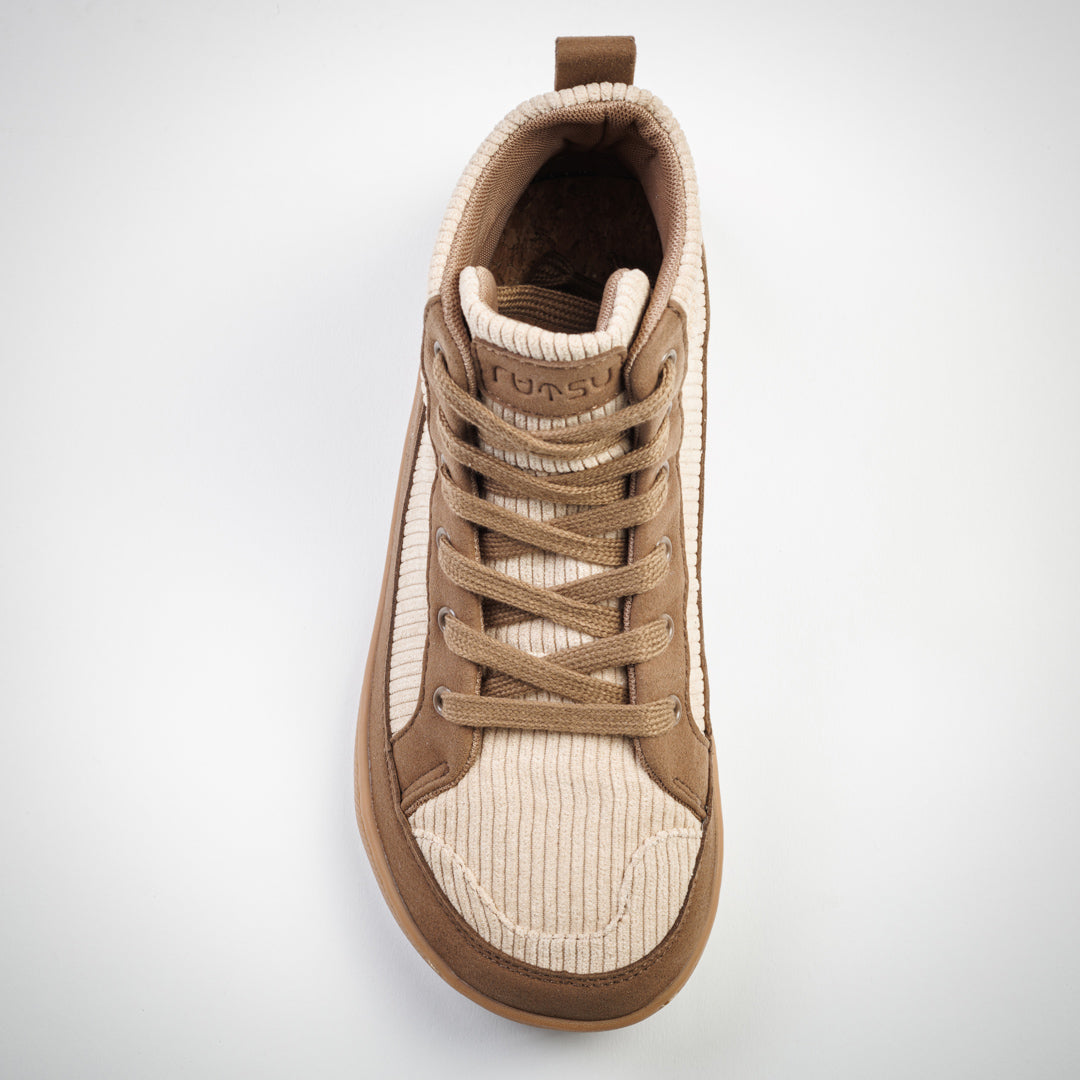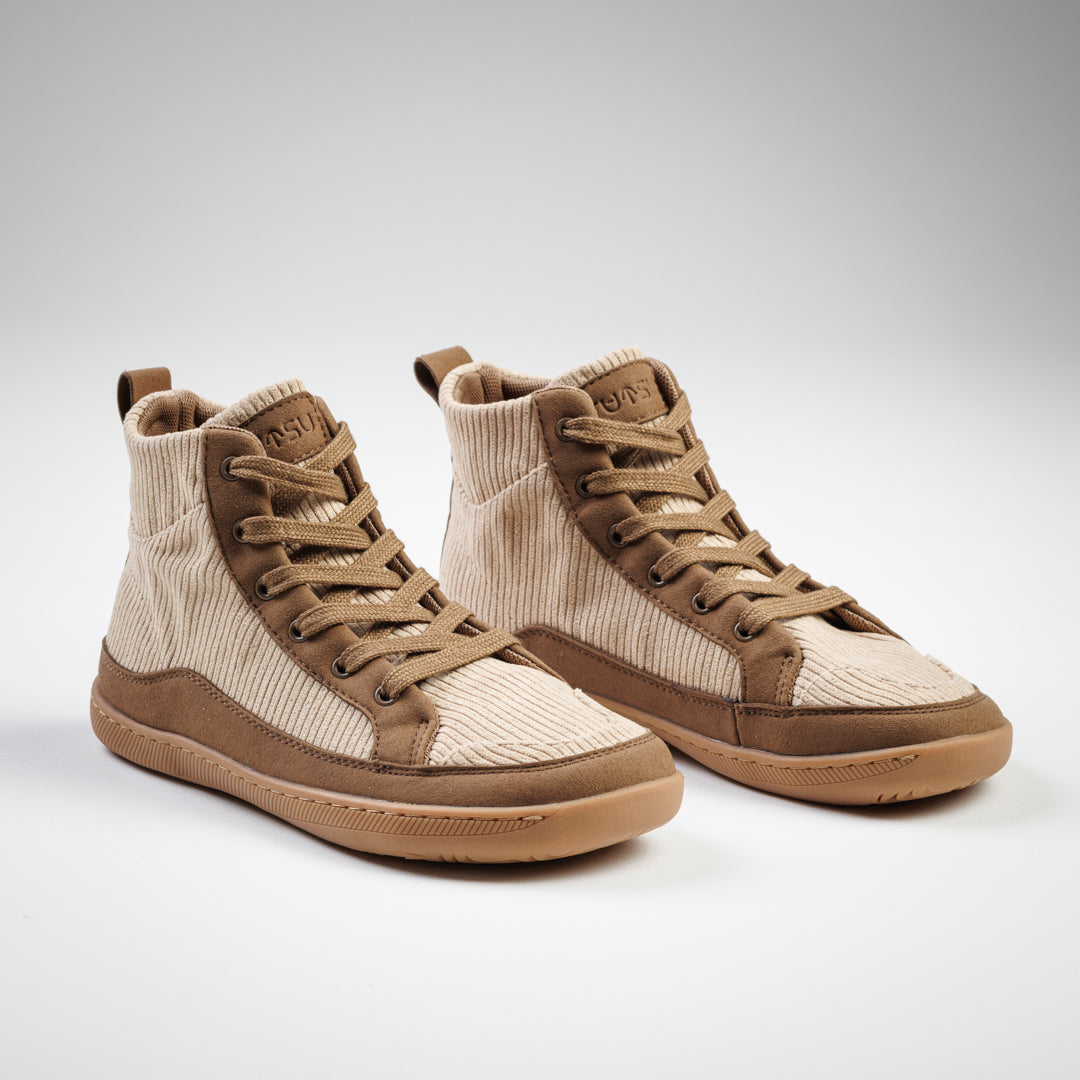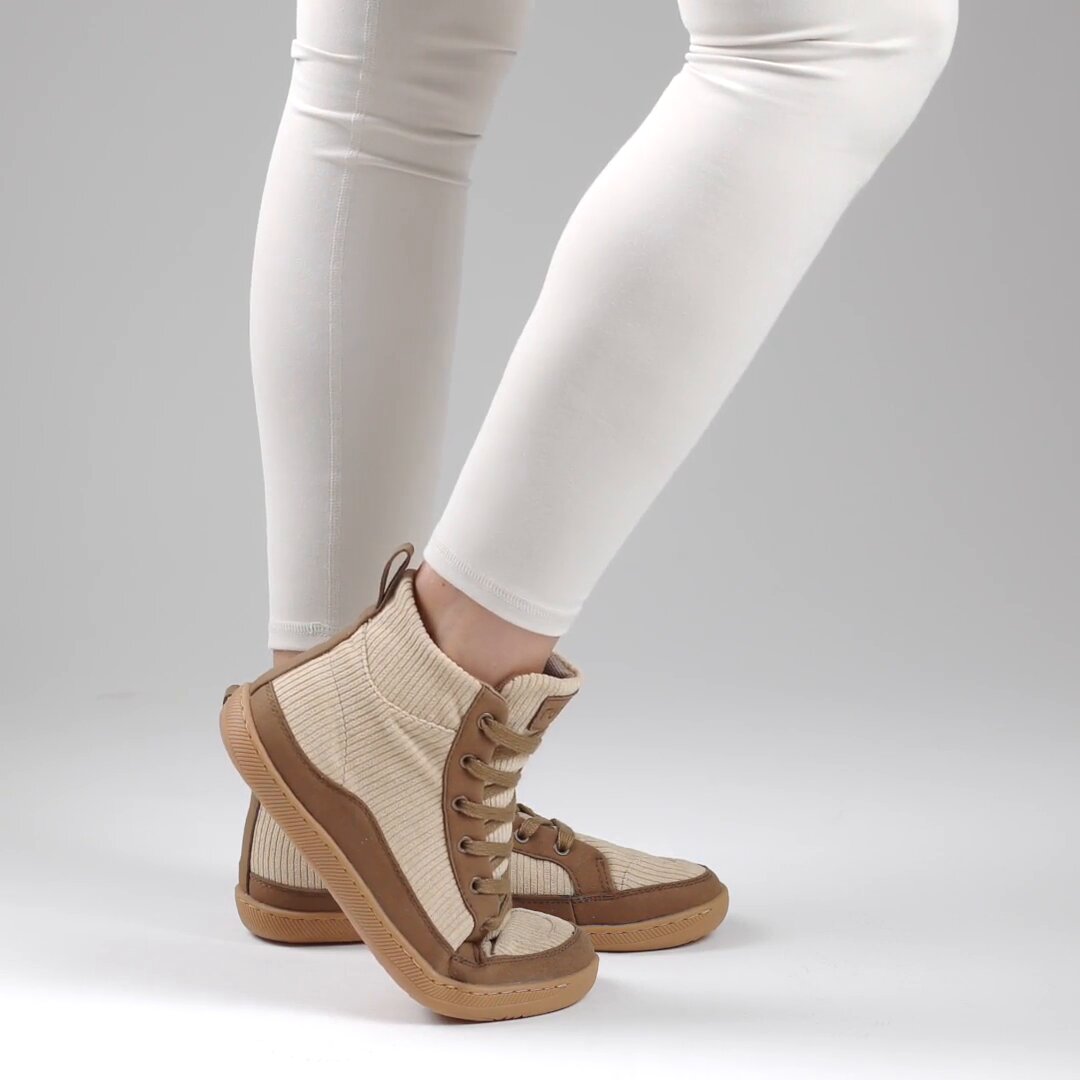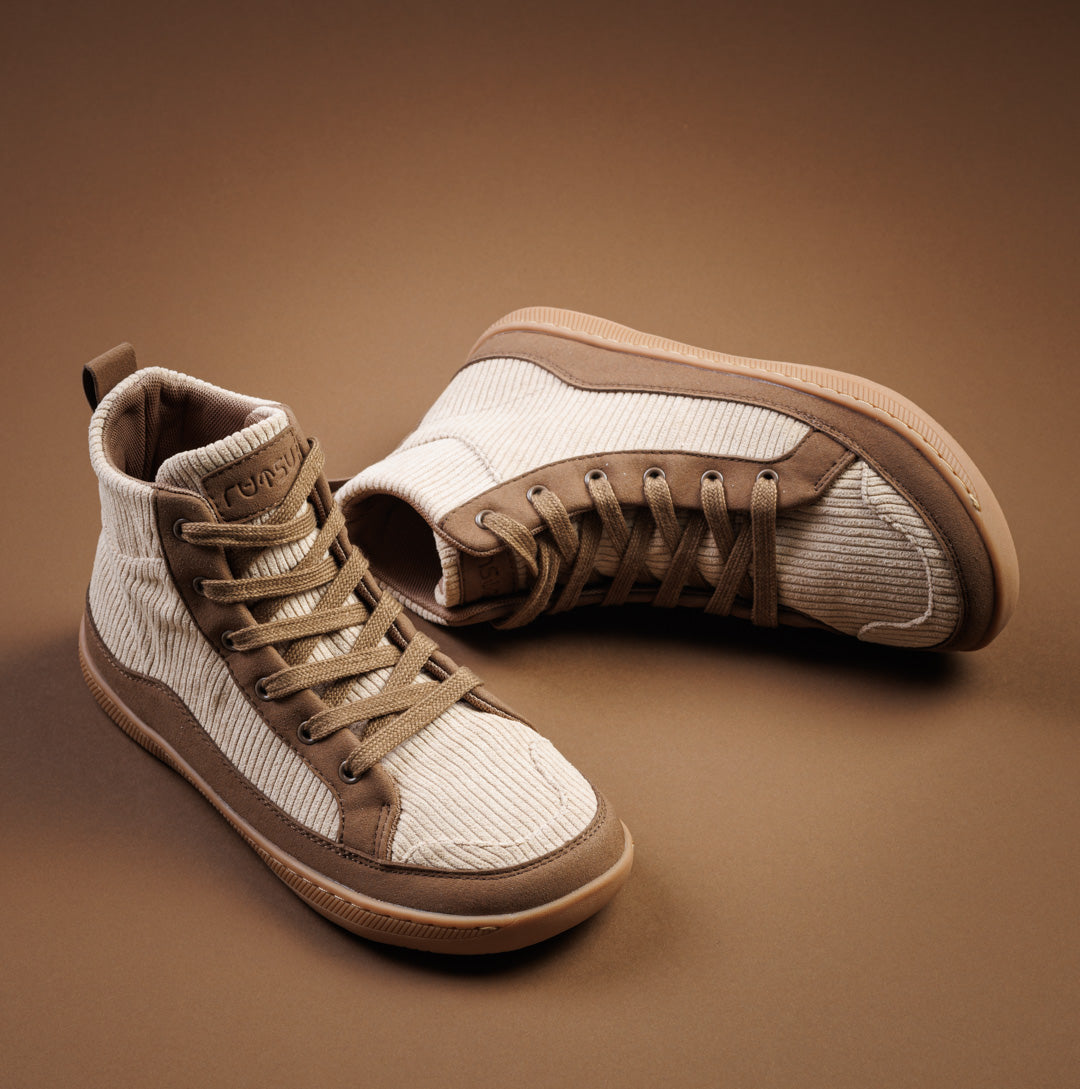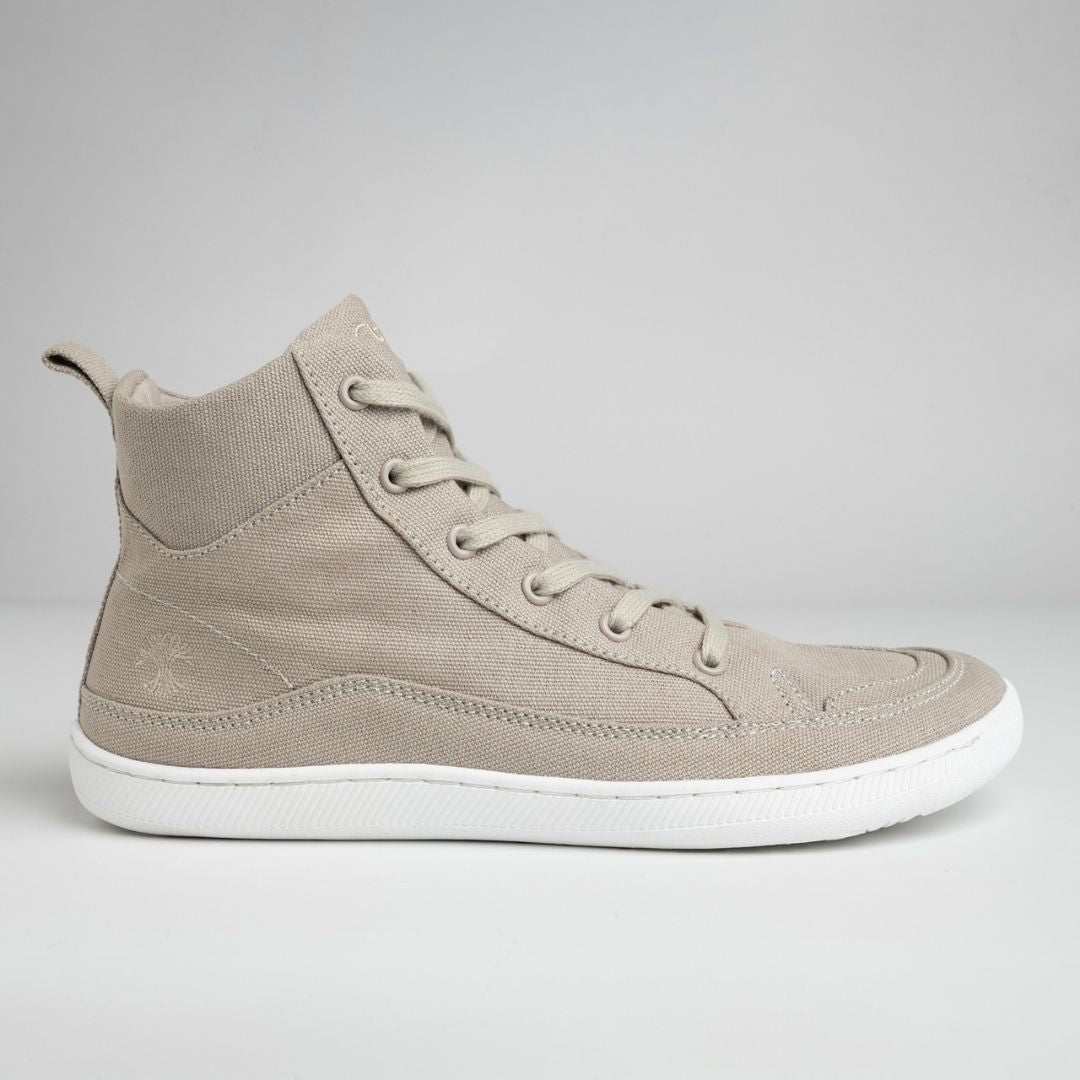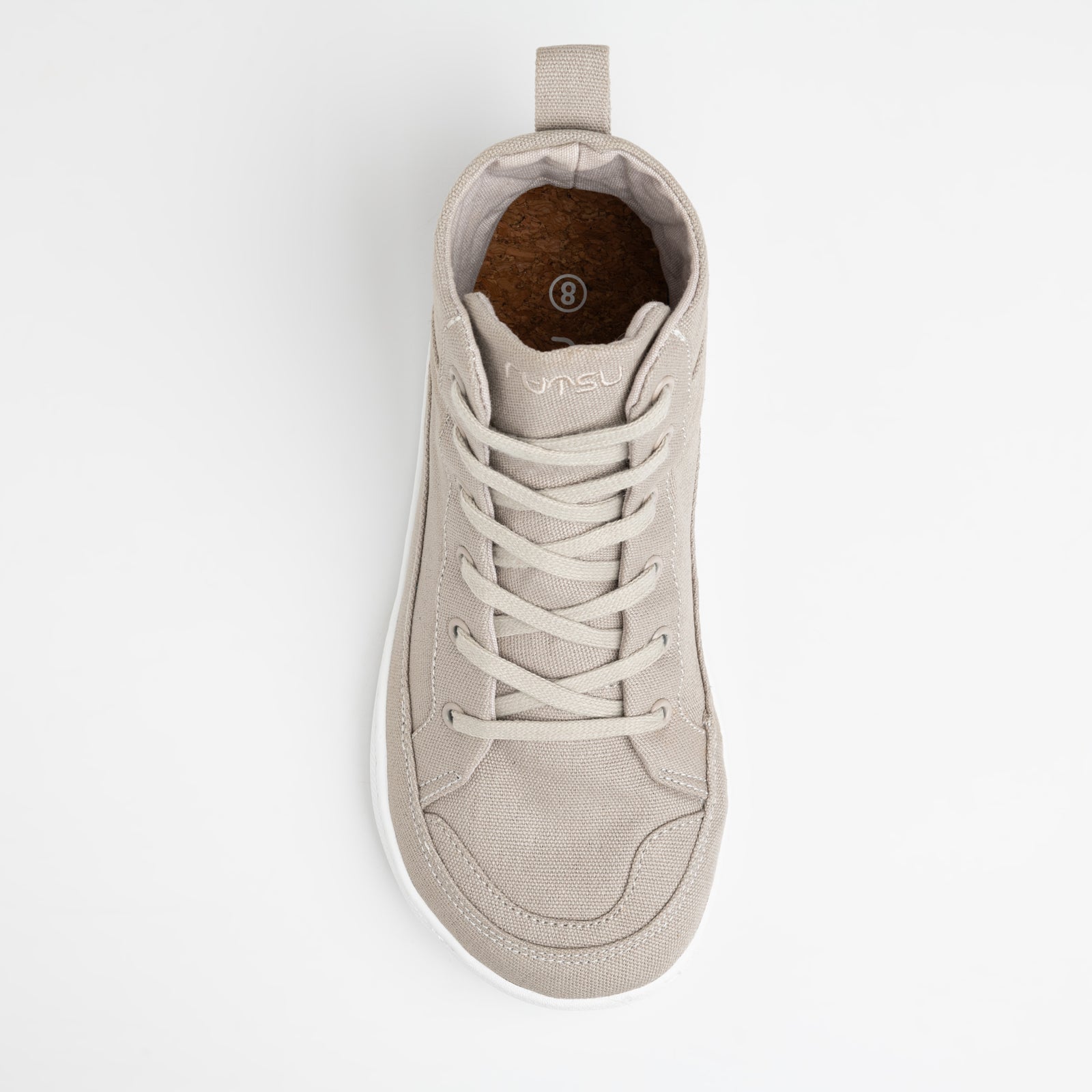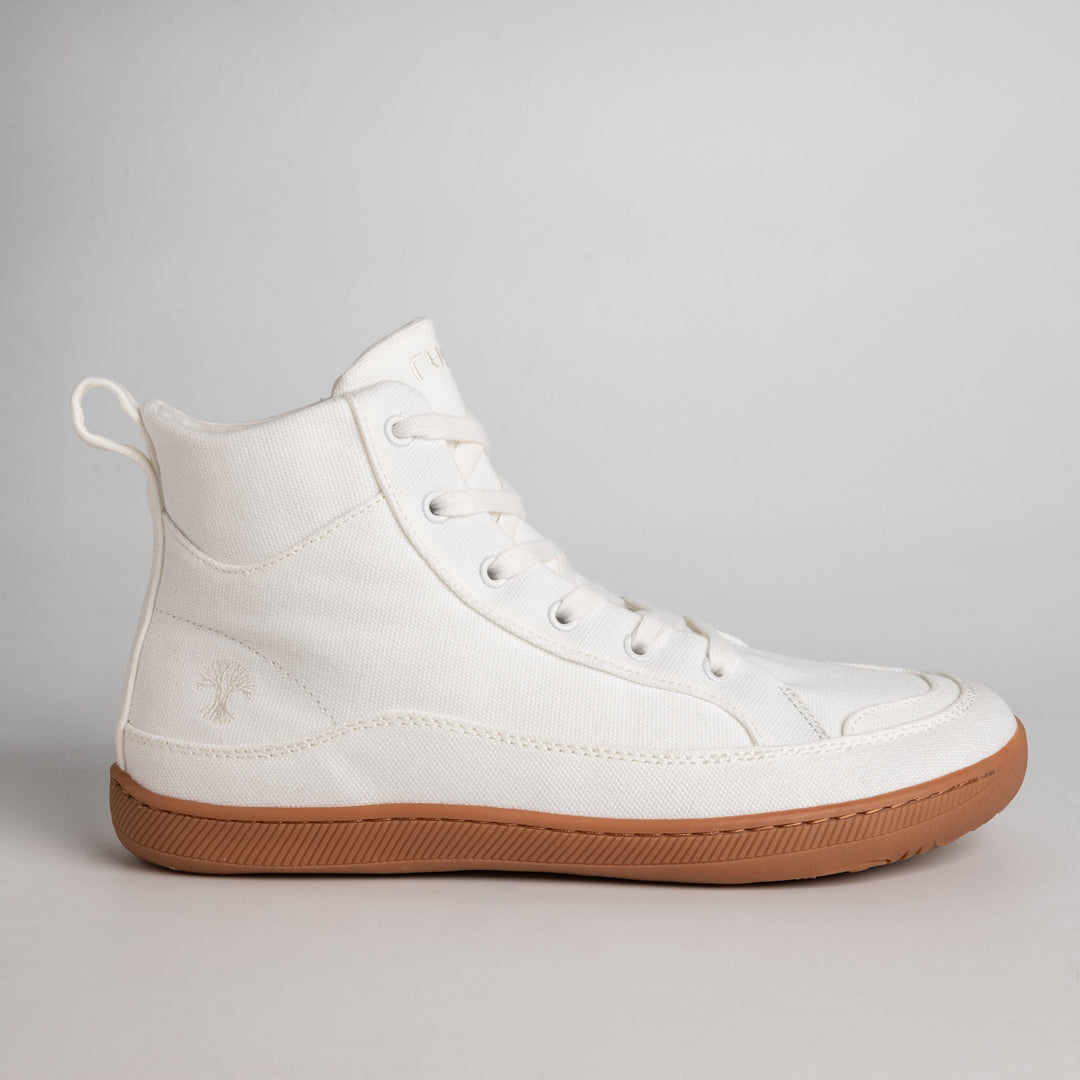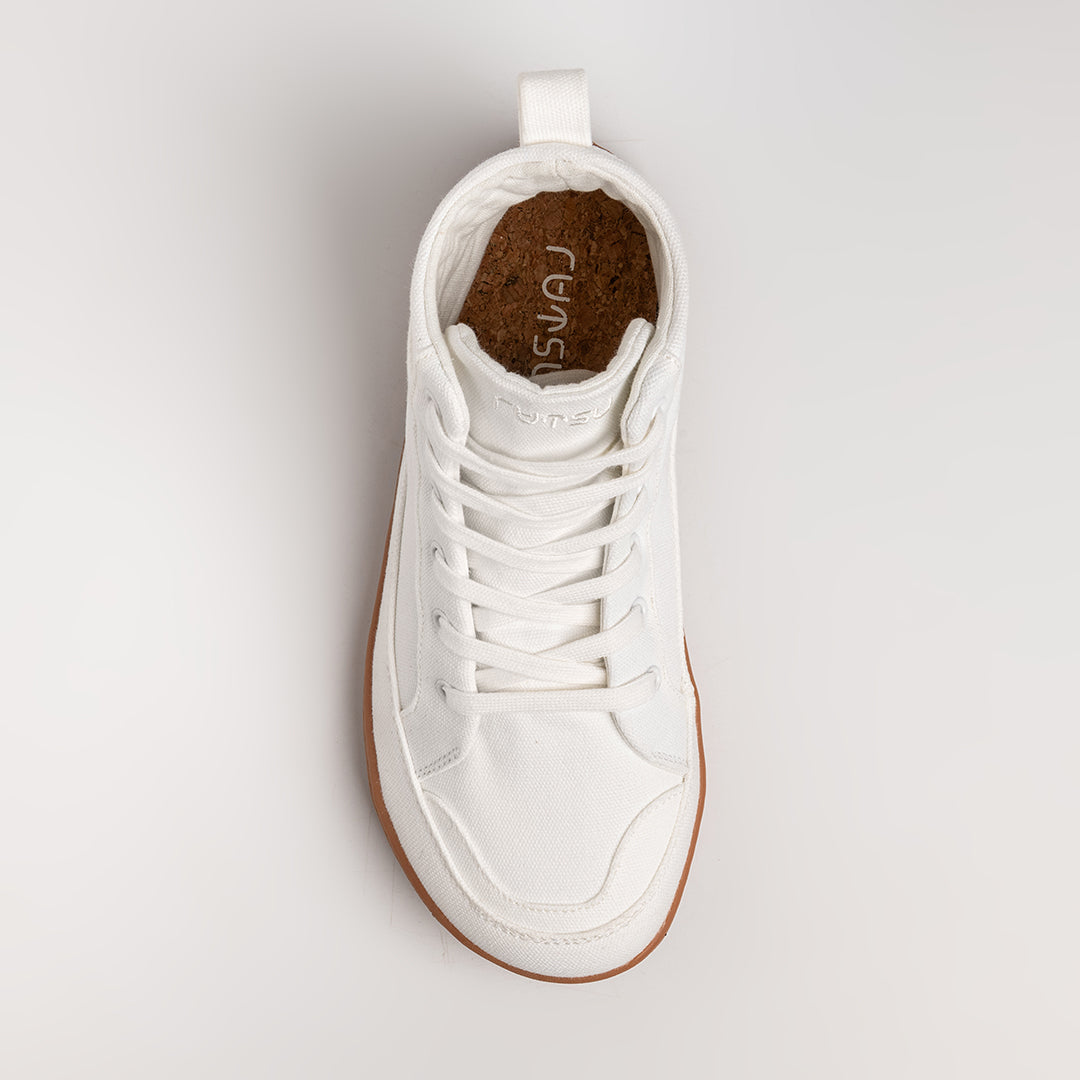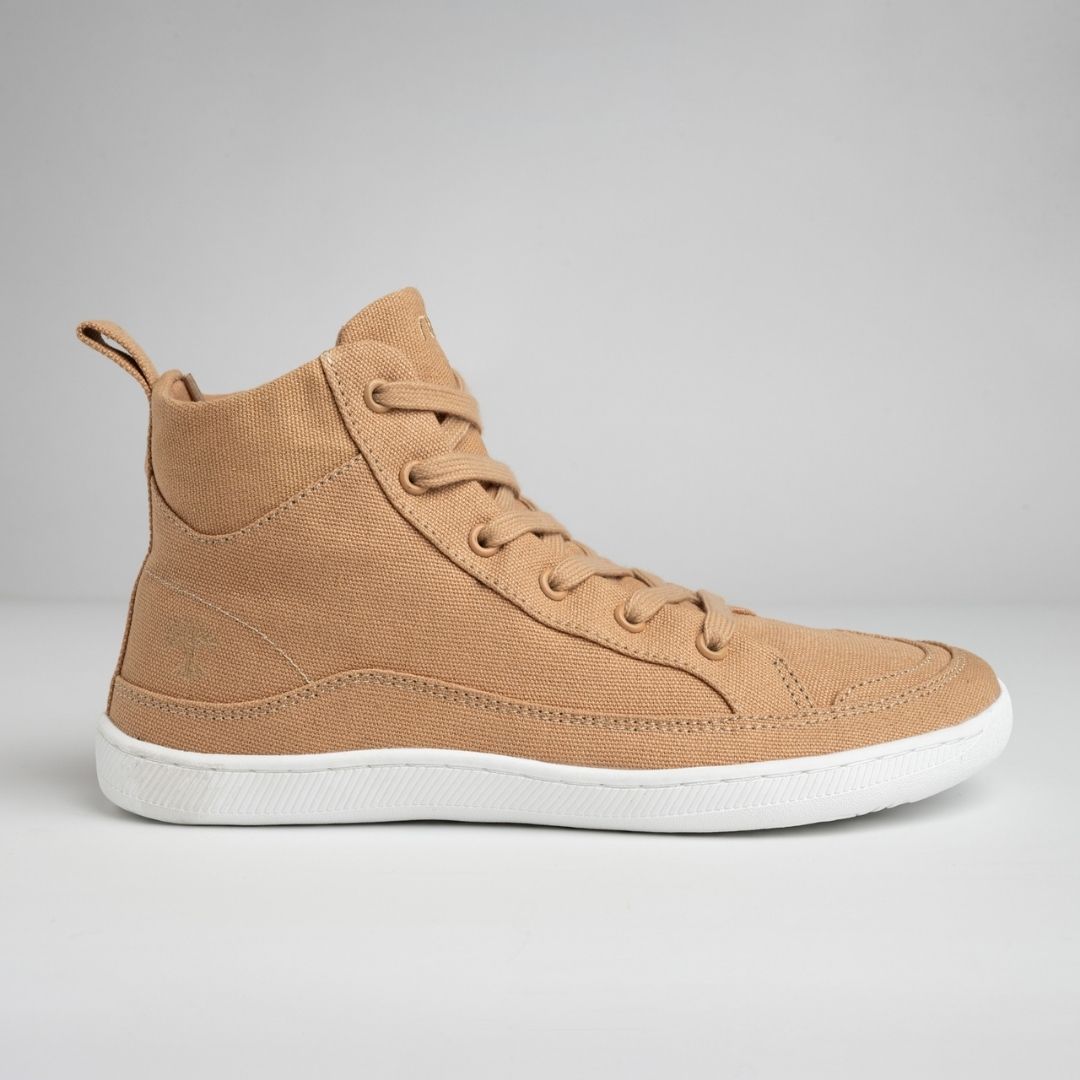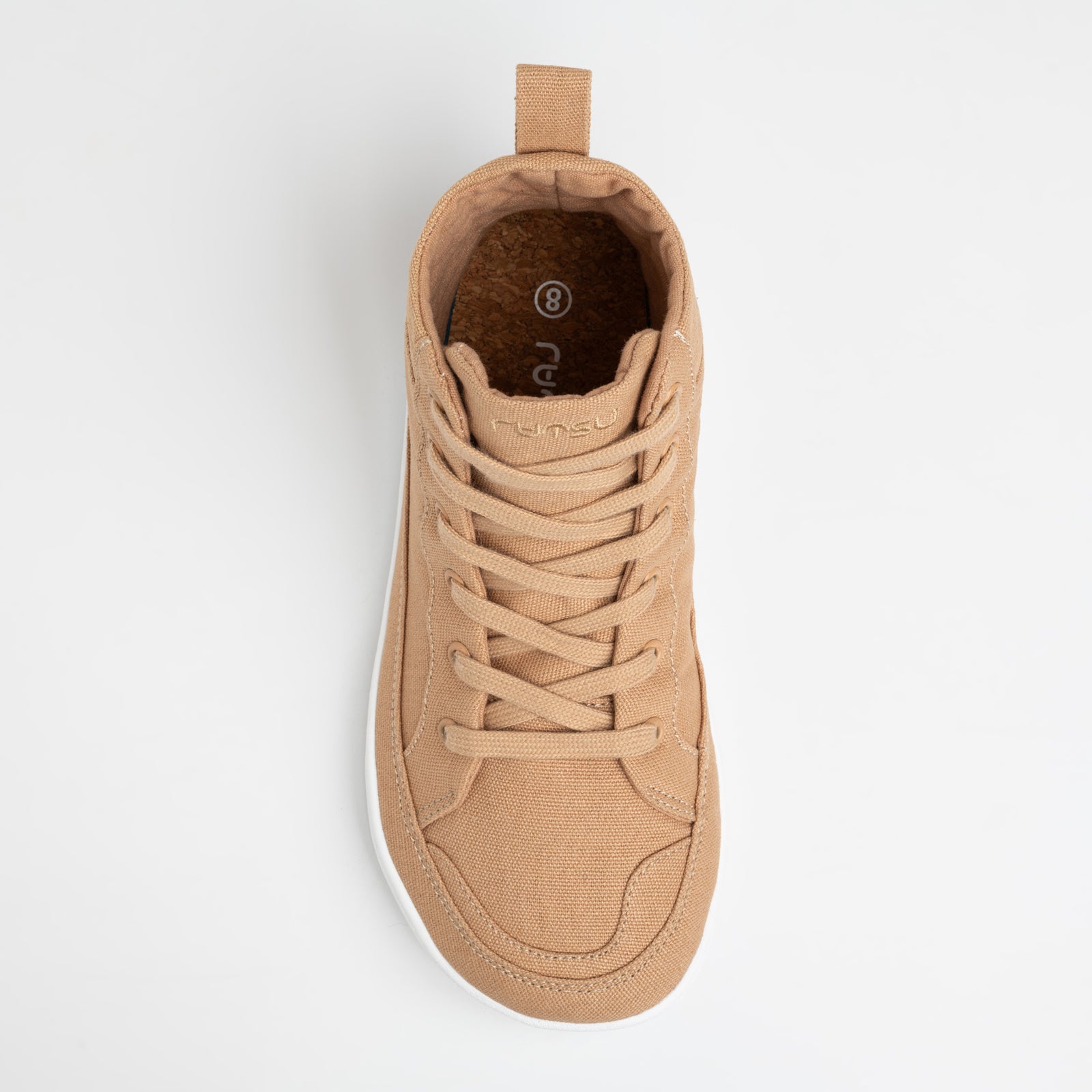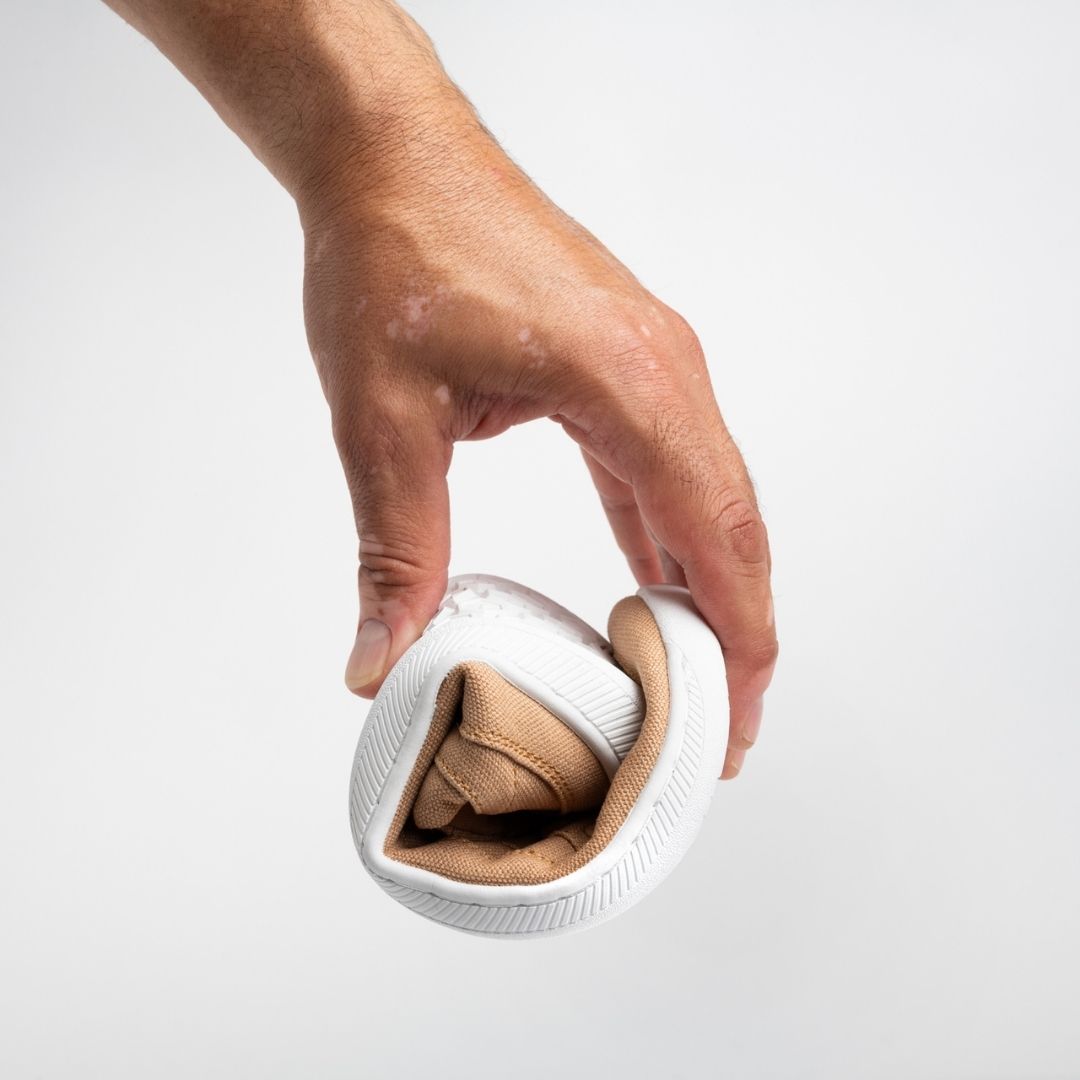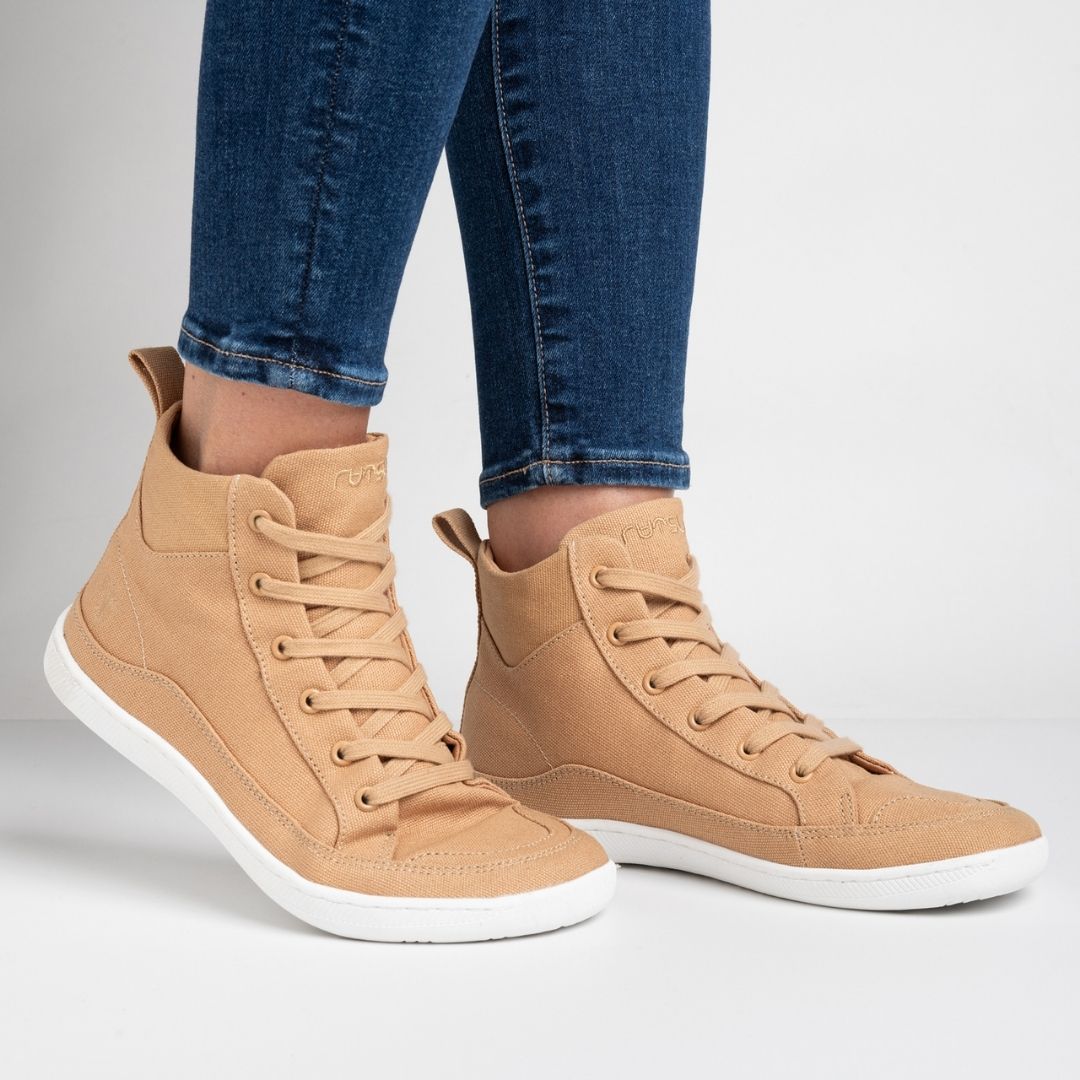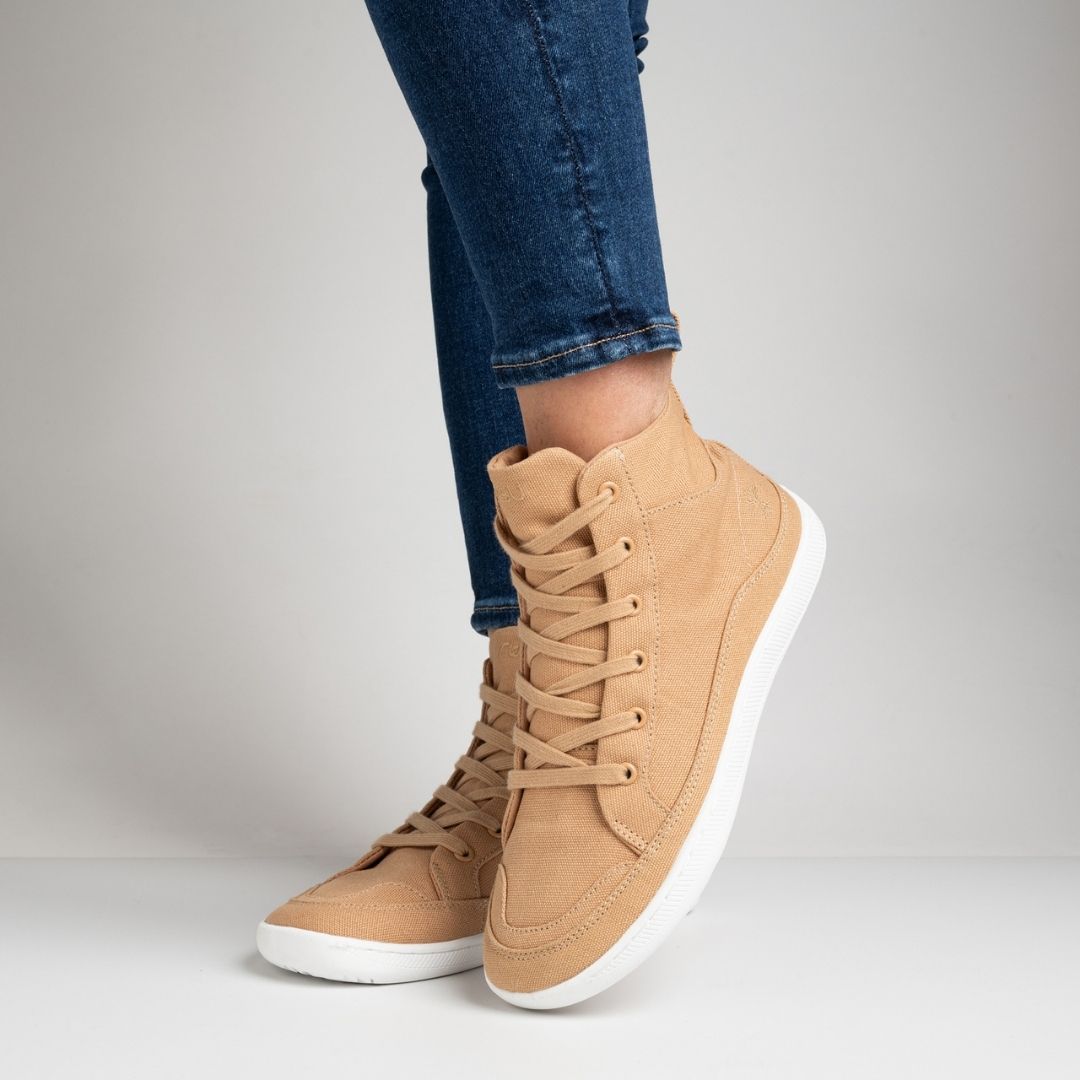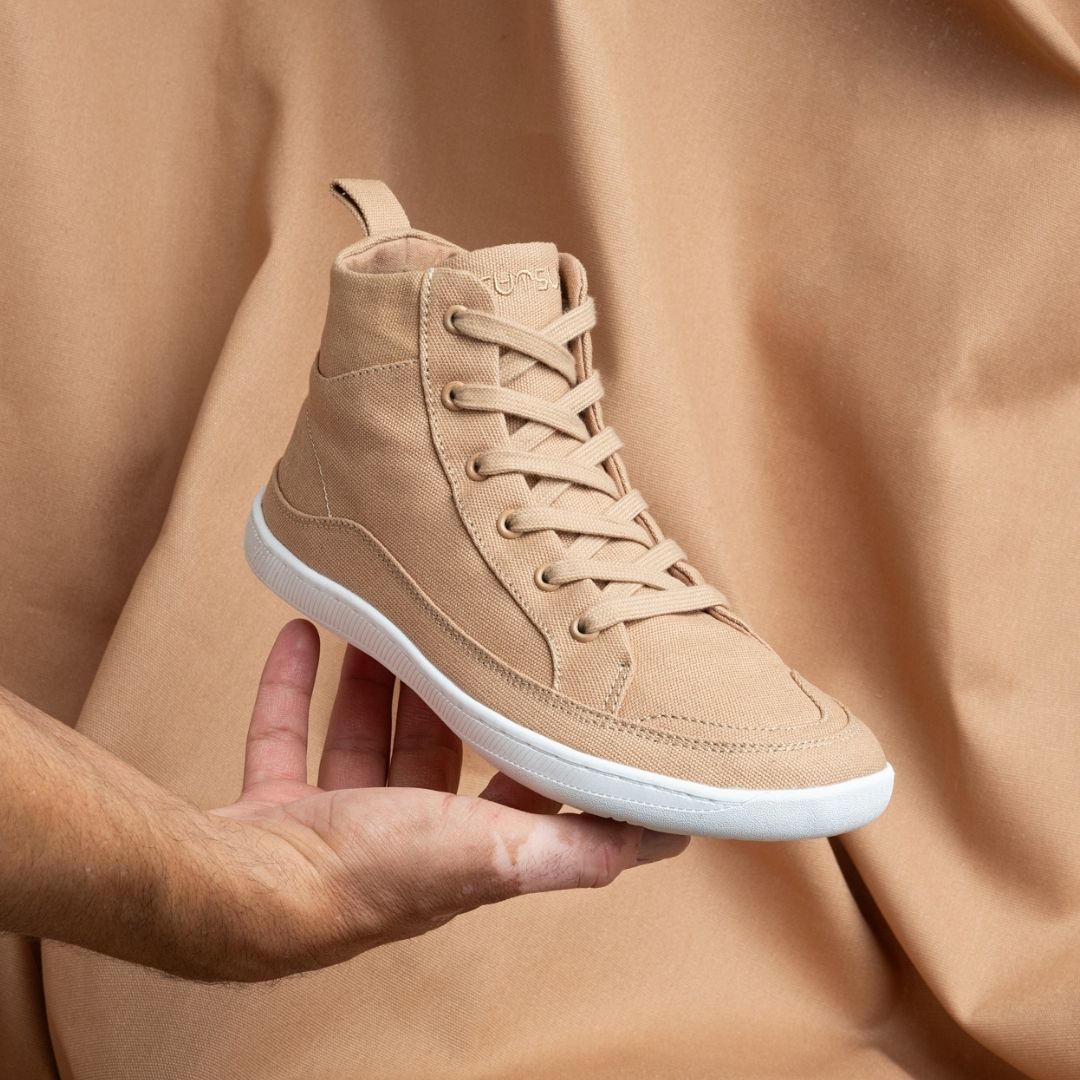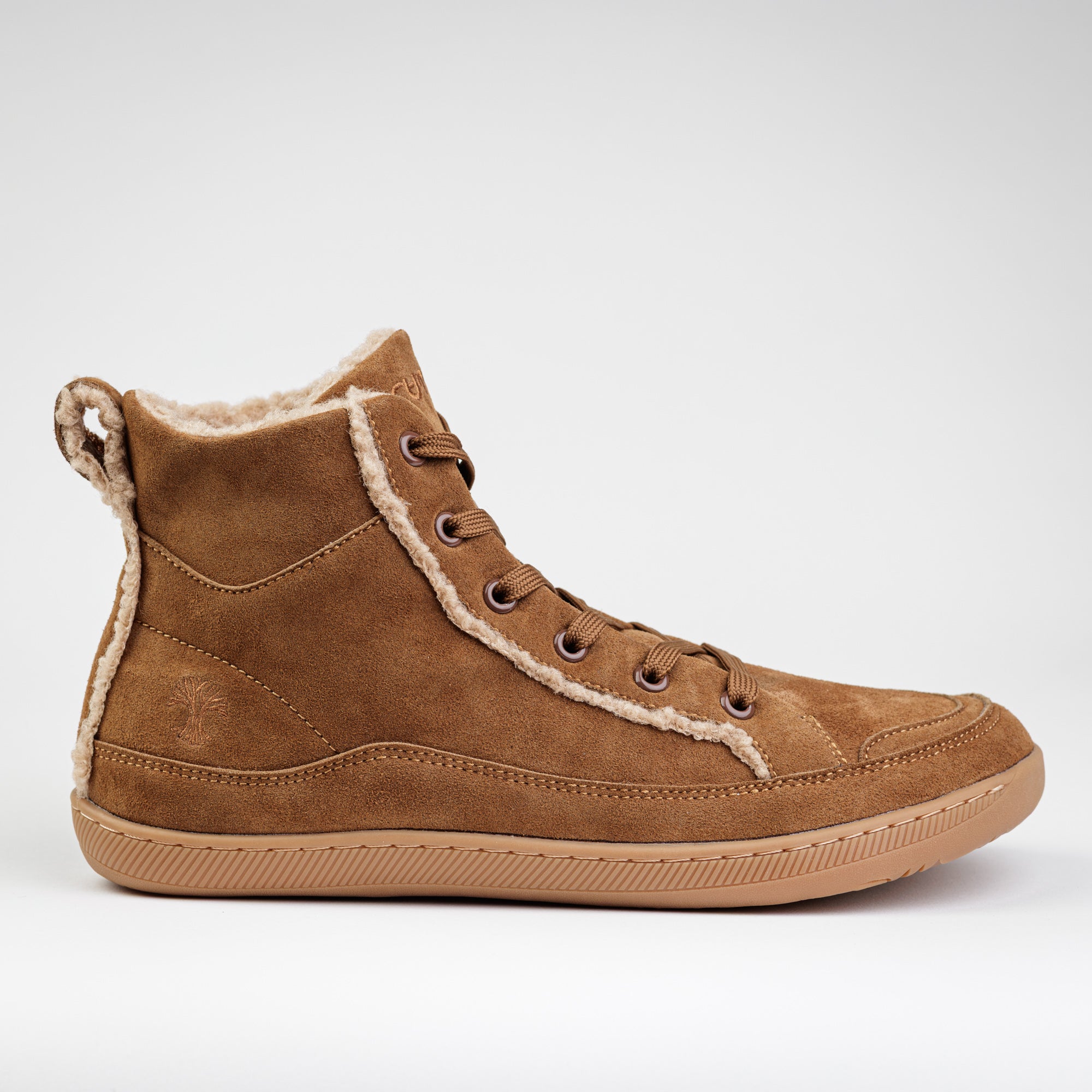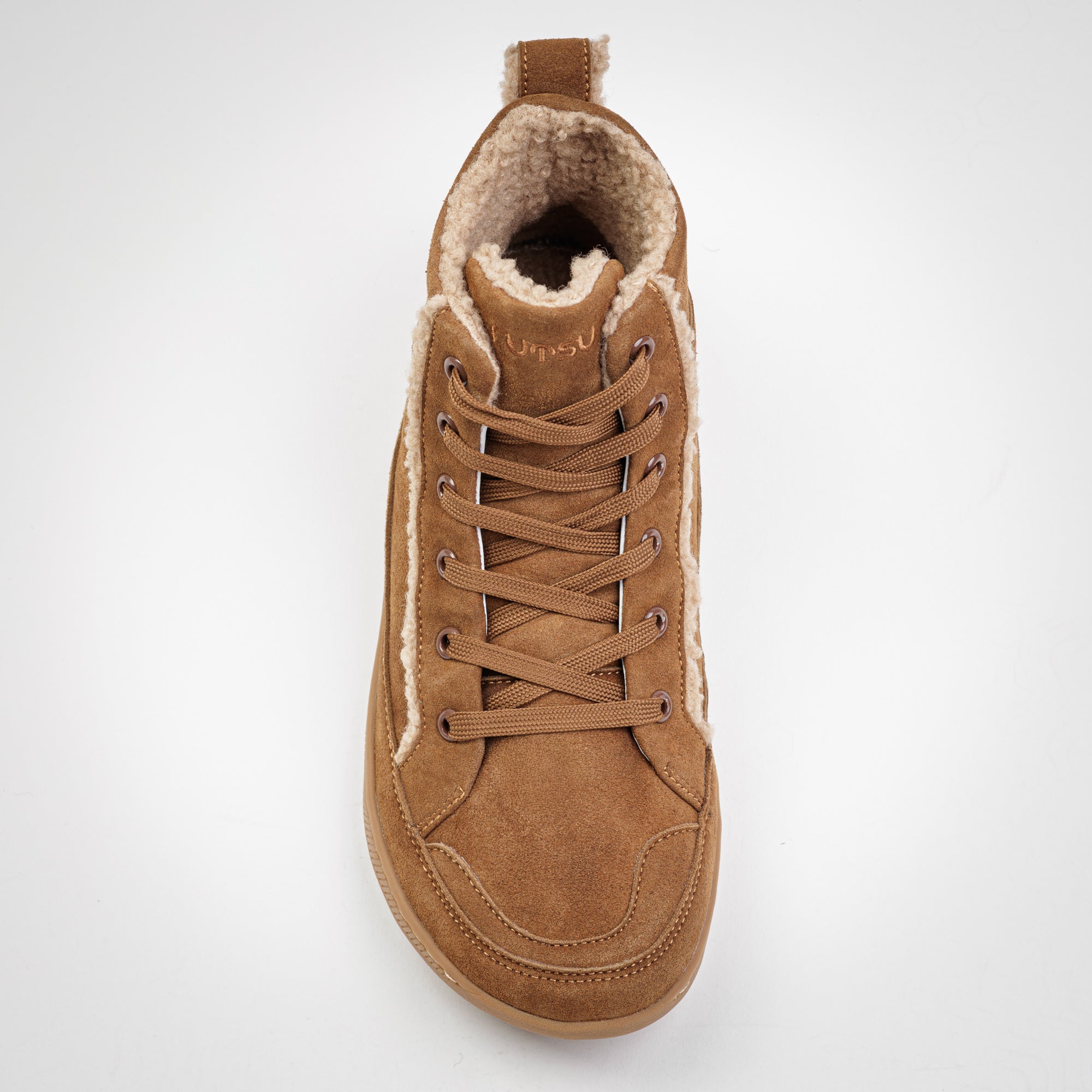Barefoot footwear has changed the shoe industry. It prioritizes natural foot movement and a sensory connection with the ground. This design philosophy improves gait and boosts performance. This guide examines the science and benefits of barefoot shoes. It explains why brands like Rutsu are leaders in shoe design.
The Science Behind Barefoot Footwear Design
Barefoot footwear is not just a minimalist trend. It's a science-backed way to boost foot health and mobility. These shoes aim to provide a near-barefoot experience. They support the foot's natural anatomy and function. The thin, flexible soles allow for better ground feedback. This is vital for balance and stability.
Natural Foot Movement: The Key to Comfort
These features make the shoes feel more natural. They also support healthier walking and standing habits. Barefoot footwear is perfect for daily commutes or strolls. It is comfy and high-performing. It encourages a healthier, more active lifestyle. This innovative approach to shoe design includes key features such as:
- Wide Toe Box: This allows your toes to spread naturally. It significantly enhances your balance and stability during movement. Allowing toes to splay mimics barefoot walking. It provides a more secure, grounded feel.
- Zero-Drop Sole: A zero-drop sole has the heel and toe at the same height. It promotes a natural, flat-footed stance. This alignment is crucial. It maintains the spine's natural posture. This reduces stress on your joints during motion.
Innovative Materials for Enhanced Performance
Barefoot footwear isn't just about mimicking the barefoot experience. It's also about adding new materials to improve comfort and performance, like using leather in barefoot sandals. Designers select advanced materials for crafting black leather barefoot sandals. They are durable and support the foot's natural biomechanics. This material boosts the barefoot footwear experience. It makes the shoes as ready for action as you are in both daily life and sports.
- Breathable Mesh: It keeps your feet cool and dry during intense activities. Hence, it ensures all-day comfort.
- Flexible Synthetics: High-quality barefoot shoes use materials that adapt to your foot's shape. They let the shoe mold to each person's foot shape. They avoid forcing the foot to fit a set shoe structure. They maintain natural foot mechanics and ensure comfort while moving.
- Durable Rubber Soles: They protect against rough terrain and keep the shoes flexible. This is crucial for natural foot movement.
How Barefoot Shoes Mimic the Barefoot Experience
Barefoot shoes aim to recreate the feel of walking barefoot. They also protect feet from hazards. We aim to create a walking experience that mimics our ancestors' natural movement across varied terrains. These shoes have an ultra-thin, flexible sole. It lets wearers feel and adapt to different ground textures and temperatures.
This sensitivity improves the foot's proprioception. Proprioception is its awareness of position and movement in space. It is vital for balance, agility, and a better walking or running experience. Barefoot shoes have a minimalist design. They balance barefoot accuracy with a slight barrier against the elements. They connect you to the earth beneath your feet in a profound way.
Ergonomics in Barefoot Footwear: Supporting Healthy Feet
Ergonomics plays a pivotal role in the design of barefoot footwear, including minimalist shoes. Every aspect, from the sole's shape to the seams' placement in these minimalist designs, is carefully considered. This reduces pressure points and supports the foot's natural shape and movement. This design boosts circulation, comfort, and foot health. So, minimalist shoes are great for those wanting both function and style.
Designing for Different Terrains and Activities
The right barefoot shoes can support and comfort you. They are key whether you're in the city or the wild. Rutsu, for example, caters to both casual and avid sports fans. It has a perfect barefoot shoe for every activity. They let you enjoy a natural gait in any environment. Barefoot footwear blends style and function for various activities. It ensures comfort in any setting.
- Urban Shoes: These are designed with both aesthetics and comfort in mind for all-day wear. Sleek and versatile, they fit any wardrobe. They're perfect for city dwellers who want style and the benefits of barefoot walking.
- Trail Runners: These shoes are for outdoor enthusiasts. They have a better grip and strong underfoot protection. They tackle tough terrain with ease. They prevent slips and cushion against rough surfaces. This ensures safety and comfort during hikes and trail runs.
The Role of Cushioning and Flexibility in Barefoot Footwear
Traditional shoes often have thick, cushioned soles. Barefoot shoes, including those with barefoot transition insoles, take a different approach. These insoles aim to ease the shift to minimal cushioning. They promote a stronger foot through natural movement. The sole's flexibility allows for more motion. It's critical for strengthening foot muscles.
Barefoot footwear, with transition insoles, is comfy and high-performing. It respects the foot's natural form and function. Brands like Rutsu lead in meeting the needs of health-conscious, lifestyle-focused U.S. consumers. Choose wisely and you'll feel a significant difference in how you move in your barefoot shoes.
Conclusion: Embracing the Benefits of Barefoot Footwear Design
In summary, barefoot footwear combines comfort with performance. It meets the needs of anyone wanting to improve their natural movement. Barefoot shoes promote healthier walking and running. The right barefoot shoes matter. They affect how you move and feel, whether on city streets or rugged trails. Go barefoot. It will connect you to your environment and boost your well-being.
FAQs
How does barefoot footwear promote natural foot movement?
Barefoot shoes have a design that includes a wide toe box and zero drop from heel to toe. They encourage feet to move as they would without shoes.
What materials are commonly used in barefoot shoes for comfort?
Lightweight mesh and durable synthetic fabrics are preferred. They fit the foot's shape while being breathable and flexible.
Are barefoot shoes suitable for all types of sports?
Yes, barefoot shoes suit many activities, from running to cross-training. They have models with specific features, like extra grip for trails or flexible soles for the gym.
How do barefoot shoes support foot health compared to traditional shoes?
Barefoot shoes support healthier foot mechanics. They allow the foot to align in a natural position. This can reduce pain from conventional shoes that disrupt posture and gait.
Can barefoot footwear reduce the risk of foot injuries?
Barefoot footwear can reduce injury risks. It does this by promoting natural foot function. It also strengthens the lower leg and foot muscles. Injuries often come from over-reliance on shoe support.



